Kruger National Park in South Africa is one of the world’s premier wildlife destinations. The Greater Kruger area is an expansive region that is comprised of beautiful landscapes and a wealth of wildlife. A Kruger National Park safari is an experience that you will treasure forever. At the same time, it can also be an overwhelming endeavor to plan.
Deciding where to plan your safari and where to stay while you are there can be daunting. Not to mention, figuring out how to get around while you are there and what to bring for your safari. These are just some of the many things you will need to factor in when planning your trip.
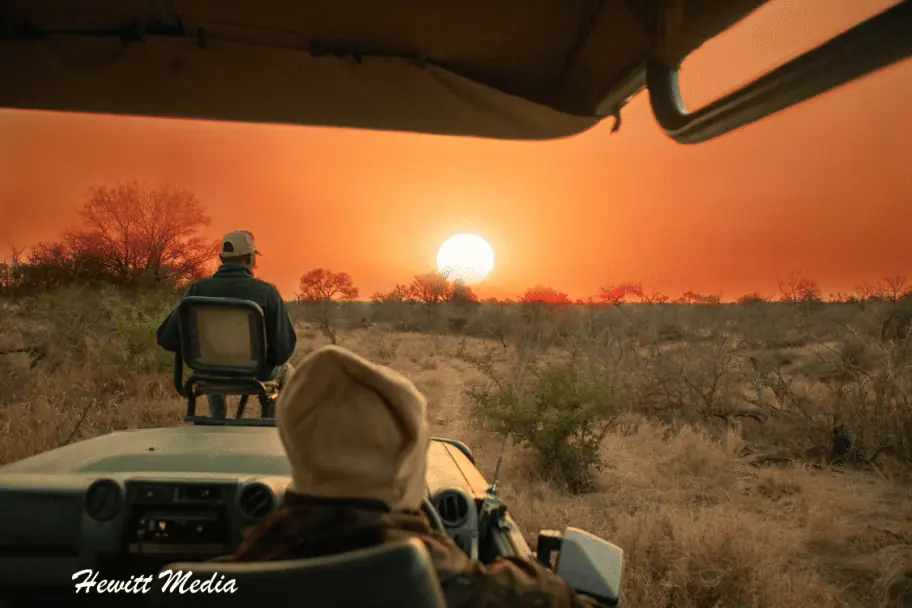
If you are planning your first Kruger safari and are feeling overwhelmed, you have come to the right place. In this comprehensive safari planning guide, I give you all the information you will need. I discuss the differences between safaris inside the park and within the private reserves.
I outline the nuances between the different regions of the park to make it easier for you to plan where to go. On top of that, I provide you with some recommendations on lodges, campsite, picnic areas, and scenic spots to help you plan. Finally, I have provided you with detailed packing guides, safari and safety tips, as well as other valuable information you will need to plan your safari.
Kruger National Park Safari Guide Navigation Links
To make it easier to use this guide, I have provided some easy to use navigation links below. Feel free to use these links to skip to different parts of this guide as you start your planning. If you have any specific questions that you need answered, always feel free to shoot me and email. If I can’t address your questions, chances are I will be able to direct you to someone who can.
South Africa Entrance Requirements
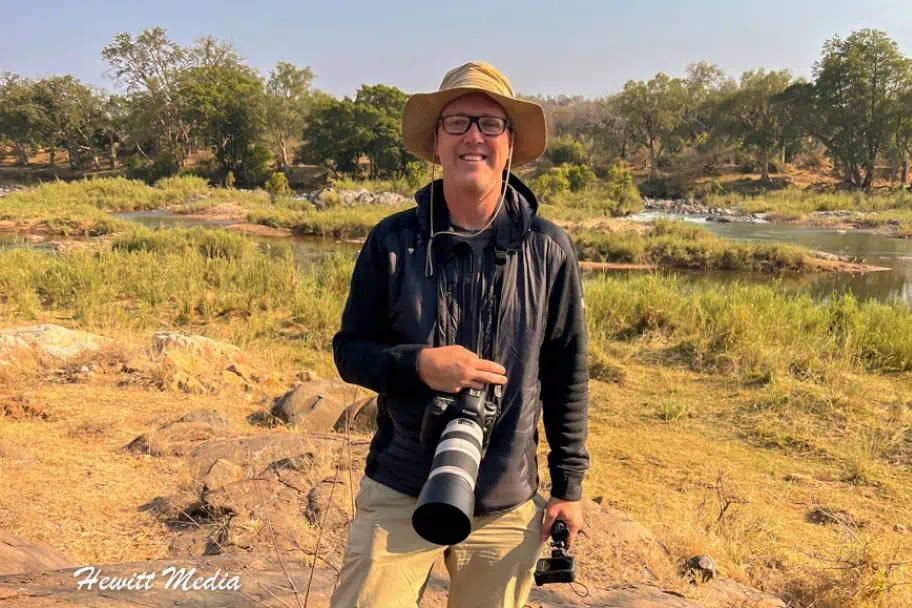
Before you depart for your Kruger National Park safari in South Africa, you will need to make sure that you meet all of the requirements for entry into the country. In order to assist you in this preparation, I have created a short article that outlines all of the South Africa entry requirements for visitors. This includes the necessary passport, VISA, and customs requirements that you will need to consider before you depart for your trip.
| READ MORE: |
 |
| South Africa Entrance Requirements |
South Africa Travel Immunizations
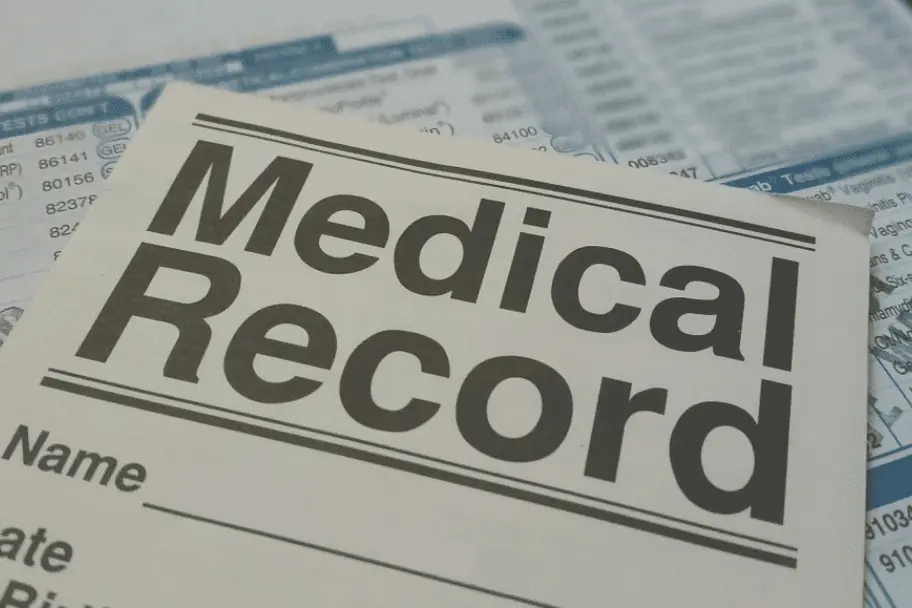
Important Note: I am not a medical doctor and do not have any medical experience. The information provided in this section is a summary of information that I got from the recommendations of the Centers for Disease Control and Prevention in the United States for travel to South Africa. I am providing you this information to help bring awareness of the necessary vaccinations to you, but consultation of my guide should not replace a discussion about your travels with your doctor or a travel medical clinic.
One of the most important, and yet most often overlooked, aspects of travel is the necessary vaccinations that are required or recommended to keep you safe and healthy when you travel. Before you depart for South Africa, you are going to want to make sure that you have all of the proper vaccinations.
Some of these vaccinations, like the Yellow Fever vaccination, are included in the South Africa entrance requirements if you are traveling to South Africa from certain high-risk locations. Other vaccinations, such as a flu shot and the Typhoid vaccine, are recommended, but not required.
For your convenience, I have summarized the CDC’s recommendations on vaccines and healthcare for travelers visiting South Africa for you to review in my “South Africa Passport, VISA, Customs, and Immunization Requirements” guide linked below.
| READ MORE: |
 |
| South Africa Entrance Requirements |
What to Bring on Your Kruger National Park Safari
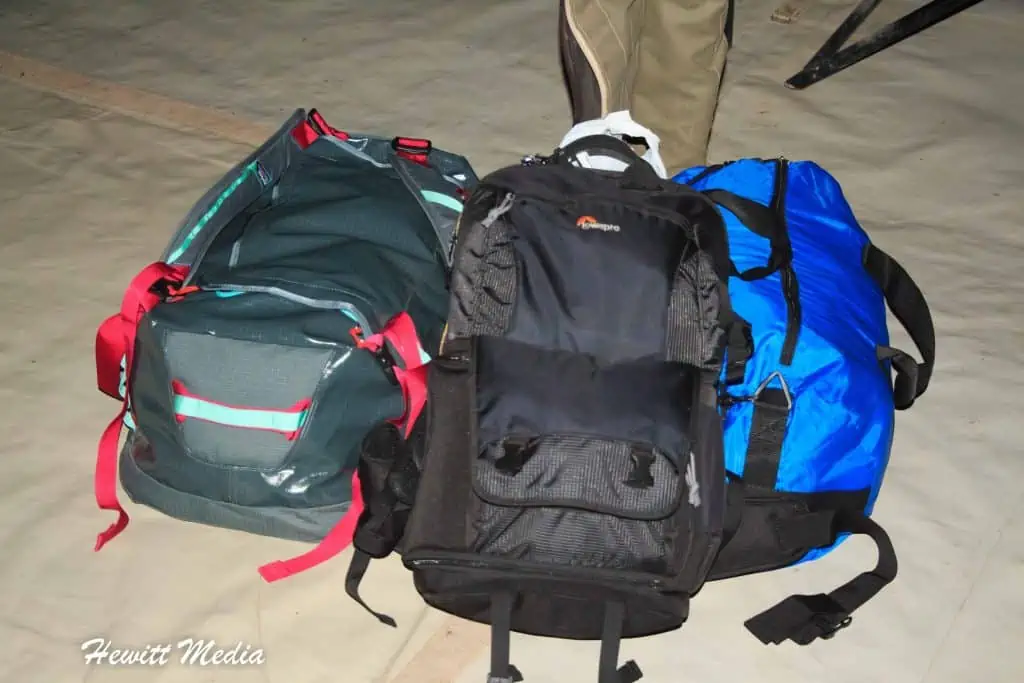
If you are visiting Africa to go on safari for the first time, you might not be sure of what to bring with you. To help you with these questions as you prepare for your Kruger National Park safari, I have developed several guides that you should review.
First, my article the “20 Tips for Those Visiting Africa for the First Time” will help you get prepared for what to expect when you arrive in Africa for the first time. It outlines what you should do, what you shouldn’t do, and gives you some tips that will help you know what to expect on your first visit to the continent of Africa.
Then, as you start to prepare for your trip, you will want to review my “Essential Safari Packing List” to make sure that you have all of the gear that you need and don’t pack what you won’t need with you. Finally, if you plan to take pictures on your safari, you will definitely want to review my “Tips for Photography on African Safaris” guide to make sure you get the best photographs possible to remember your adventure!
| READ MORE: |
 |
| Essential Safari Packing List |
| READ MORE: |
 |
| Tips for Photography on African Safaris |
How to Get to Kruger National Park
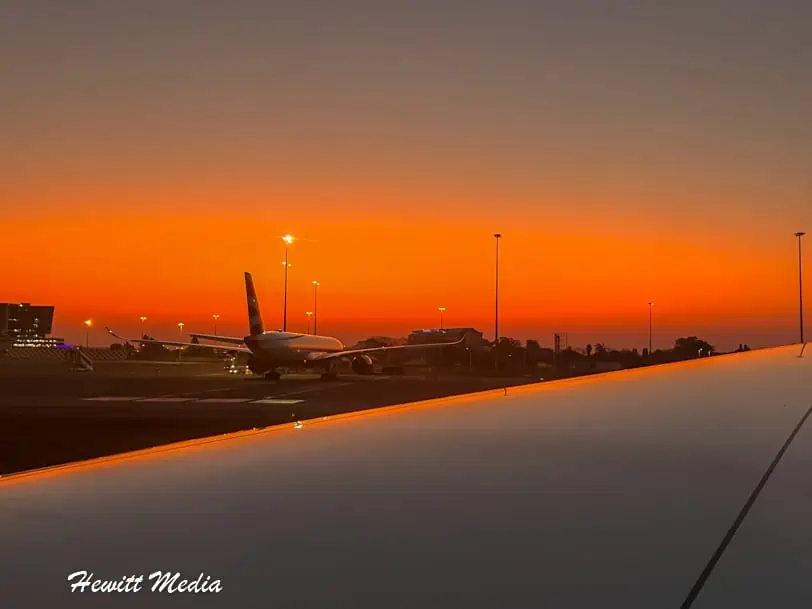
If you are visiting South Africa for the first time, I strongly recommend spending some additional time in the country to explore both the Cape Town area as well as the infamous Garden Route on the Southeastern Coastline. While it is tough to compete with the incredible experience of a Kruger National Park safari, both of these areas are incredible and worth visiting. If you are interested in learning more, I have included some guides for these areas below for you to review.
| READ MORE: |
 |
| The Ultimate Cape Town Travel Guide |
| READ MORE: |
 |
| Garden Route Adventure Guide |
Getting to Kruger National Park
If you are planning to visit Kruger National Park from outside of South Africa, the closest international airport is the O.R. Tambo International Airport in Johannesburg. Once in Johannesburg, there are a variety of different options you can choose to get to the park.
Renting a Car
If you are planning a self-drive safari within Kruger, you can rent a vehicle and drive to Kruger. The roads leading to the park are paved and are in generally good condition. So, getting there isn’t too much of a hassle. The entrance gates in the south section of the park, like Numbi and Phabeni, will only take you 4-5 hours to get to. If you plan on visiting the far north of the park, it will take you considerably longer to drive there. For instance, I would plan on at least 7-8 hours of driving to reach the Pafuri Gate.
- Directions to the Numbi Gate from Johannesburg
- Directions to the Phabeni Gate from Johannesburg
- Directions to the Orpen Gate from Johannesburg
- Directions to the Pafuri Gate from Johannesburg
Flying to Kruger National Park
For those looking for a quicker option to get to Kruger, you can book a connecting flight from Johannesburg. You can connect to either Nelspruit, Hoedspruit, Phalaborwa, or Skukuza. Only Skukuza is located inside Kruger National Park. However, the other three airports are located just outside the park where lodges and camps can make arrangements to pick you up.
Book a Full Service Tour
Another great way to get to the Greater Kruger National Park area to go on safari is to book a tour with a tour operator that provides transportation from Johannesburg. When we booked our Kruger Safari, we booked a tour with Viva Safaris. They were one of the first tour operators in the Kruger Area to provide transportation to-and-from the Kruger area.
These tour operators will pick you up at either the airport or your hotel near the airport. Then, they will drive you to the Kruger area for your safari stay. When your stay is complete, they will drop you back off in Johannesburg. We were thoroughly impressed with the level of service and safari experience we got from Viva Safaris. If you are looking for a full-service tour, I strongly recommend them.
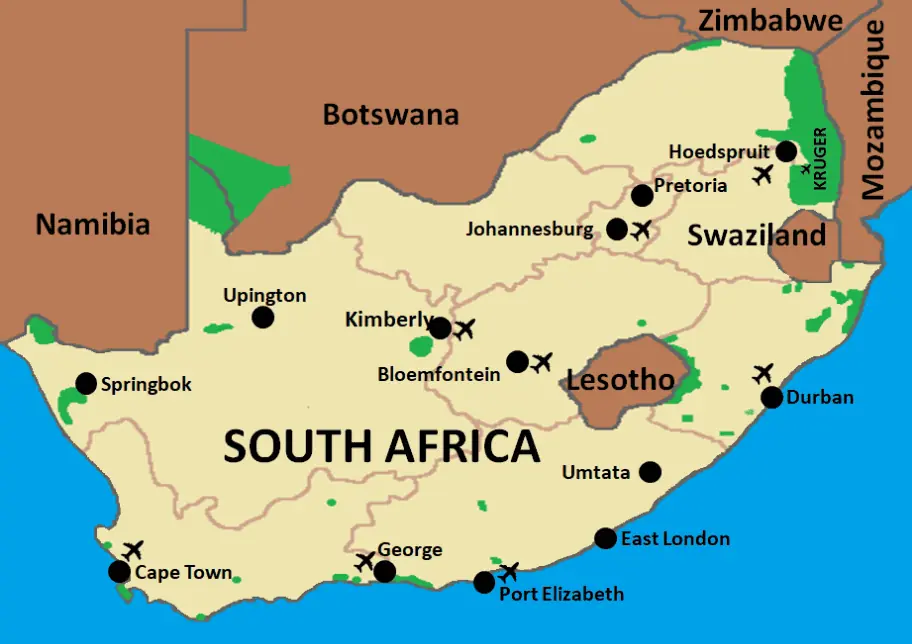
The Greater Kruger National Park Area
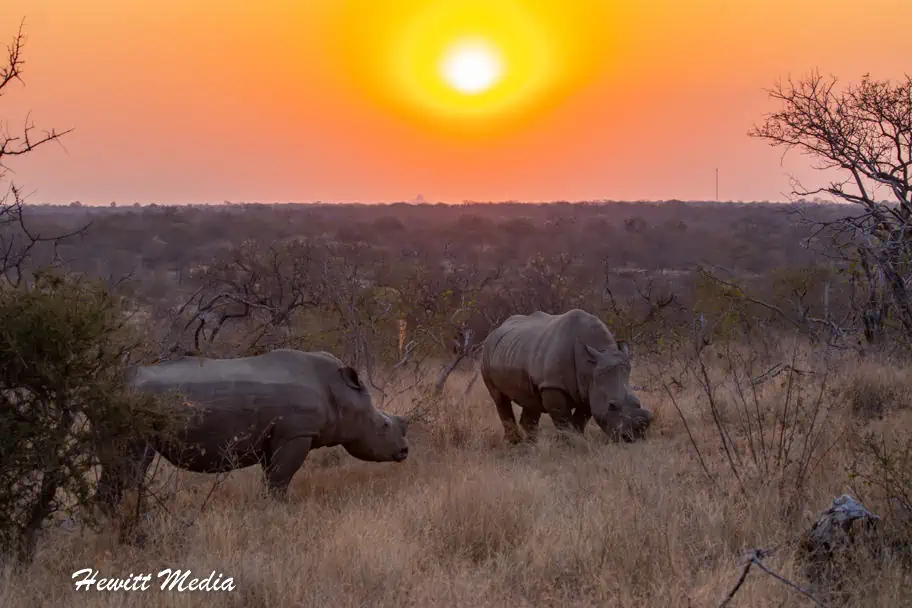
If you have already started to plan your Kruger National Park safari, you have probably come across the term “Greater Kruger” in your research. If you aren’t aware, the term refers to the roughly 344,000 hectares (or roughly 860,000 acres) of protected land to the West of Kruger National Park. Combined with the Kruger National Park proper, this collection of protected land creates one of the largest unfenced wildlife areas in all of Africa.
Because there are no fences between these areas and the national park, wildlife is able to roam freely throughout the area. This has returned much of the natural wildlife migrations to the Kruger area, as most grazing animals tend to migrate from East to West with the seasonal rains.
Included in this Greater Kruger National Park area are a number of private game reserves and nature reserves. Operated by private enterprises, these reserves are only open for safari to visitors staying at local lodges or camps located within the reserves. Many of the high-end luxury lodges that you will find in the Greater Kruger National Park area are located within these reserves.
Because they are privately owned, they aren’t governed by the same safari rules that safaris within Kruger National Park are. This creates a unique distinction between Kruger safaris and private reserve safaris that I will cover later in this guide.
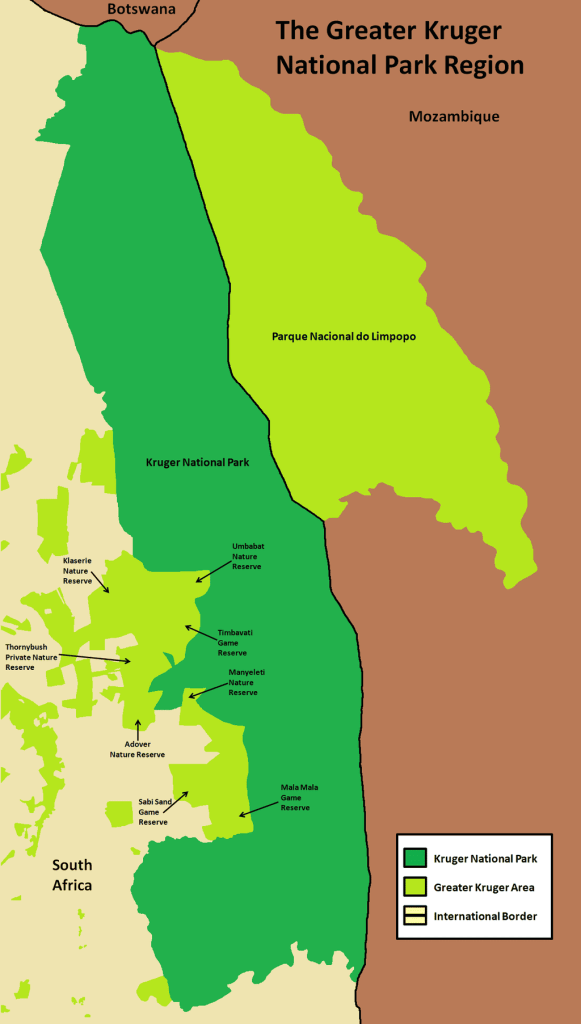
Private Game Reserves vs Kruger National Park
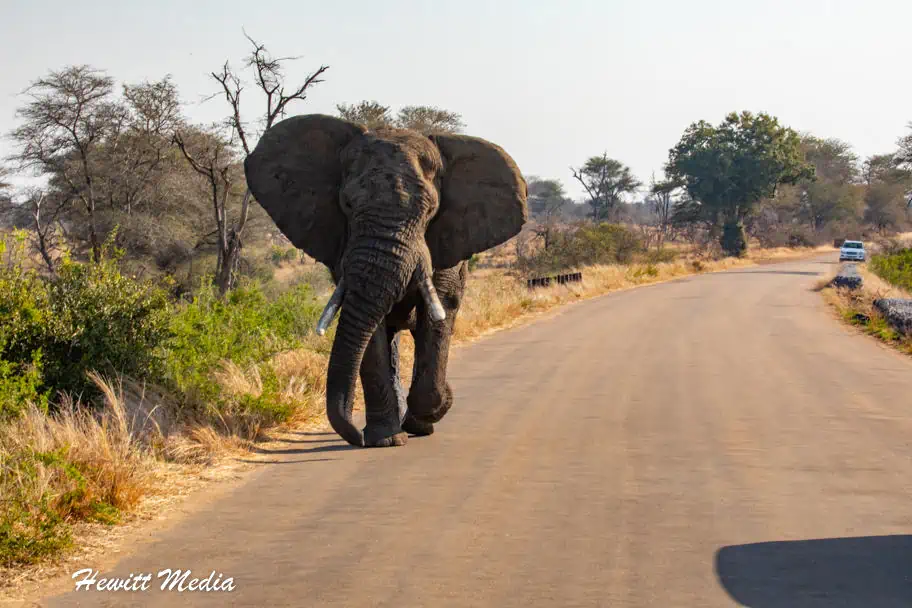
As you start to plan your Greater Kruger National Park safari, one of the first things that you will need to decide is where you will be going on safari. Unlike smaller parks in Africa, the Kruger National Park is absolutely massive. The choices to choose from become even greater when you factor in the wealth of private game reserves that make up the Greater Kruger area.
Deciding whether you will be going on safari in Kruger National Park, an adjacent private game reserve, or a combination of both will be one of the most important decisions you make. To make it easier for you to decide, I have laid out the pros and cons for going on safari in both the park and the reserves below for you to review.
Going on Safari in Kruger National Park
Choosing to go on safari in Kruger National Park is never a bad option. It is no mistake that it is one of the most renowned wildlife parks in the world. However, before you start to plan your trip to the Greater Kruger area, you should understand the differences between going on safari inside the park and in one of the private reserves. I have highlighted the pros and cons to Kruger National Park safaris for you to review below.
Kruger Safari Positives
- Kruger National Park has one of the highest concentrations of wildlife in the world.
- Accommodation options tend to be cheaper inside the park.
- There is a larger area to explore, so you can cover more ground in search of animals.
- You can drive yourself on a self-safari inside Kruger National Park.
- Many of the park’s roads are paved, which makes the safari experience far more comfortable.
- The park does not interfere with the course of nature inside the park, so animals like the Southern White Rhino inside the park will have their full horns.
Kruger Safari Negatives
- The park can get rather crowded, especially in the peak season and in the popular southern section of the park.
- Safaris must stick to the roads inside Kruger National Park, so you can’t go off road in search of animals.
- Your safari experience will be far less intimate if you take a paid group safari.
- The guides for guided safaris are typically far less experienced than the guides typically found in the private reserves.
- The vehicles used inside the park are publicly funded, so they are typically not as well maintained as the ones in the private reserves.
- There are far less luxurious accommodations inside Kruger National Park compared to the private game reserves.
Going on Safari in the Private Game Reserves
In addition to Kruger National Park, the Greater Kruger National Park area is also home to many bordering private game reserves that offer incredible safari experiences. These game reserves are unfenced areas that are adjacent to the park but are privately owned and operated. Going on safari in the reserves offers both advantages and tradeoffs versus safaris inside Kruger National Park.
If you would like to better understand the differences, I have listed some of the top pros and cons for the private game reserve safaris for you to review below. Not only that, but I have also provided a list of some of the top game reserves in the area for you to review as you start to plan as well.
Private Game Reserve Positives
- Many of the luxury lodges and accommodations that you will find in the Greater Kruger National Park area are located in the private reserves.
- Most of the guides in the private game reserves tend to be more experienced and better trained in locating wildlife.
- Because the game reserves are privately owned and funded, many of the reserves have better equipped and maintained safari vehicles.
- Most of the private game reserves allow their guides to drive off of the roads and into the bush in search of animals. This, along with the added experience and expertise of the guides, allows for more animal sightings. I have talked to many people who have seen all of the “Big Five” of Africa in a single day within one of the private reserves.
- Your safari experience will likely be much more intimate than it will be inside Kruger National Park. In the park, you are only allowed to stop at rest areas and picnic sites. However, the reserves are able to cater to their clients a bit more. It is common to have bush braiis (barbeques) and scenic picnics in the bush within the private reserves.
Private Game Reserve Negatives
- The private reserves are much smaller than Kruger National Park. With unfenced borders to the park, the animals are free to move in-and-out of the reserves. The smaller area provides less ground to cover to find animals.
- There is a range of lodging options in the private reserves, but many of the top reserves have lodges that are much more expensive than the rest camps inside Kruger National Park. In my opinion, the budget lodging options outside the park are more limited.
- Many of the roads you find in the private game reserves are rough, which means you will have a far bumpier safari experience. This isn’t an issue for most people, but it is a big deal to some.
- You aren’t allowed to drive your own vehicle in the private game reserves. While some may look at this as a negative, getting the experience and expertise of a guide is more of a positive. Most safari experiences will be small group, with the top-end packages including private game drives. However, if you are with a group, you may not have as much control over when and for how long you stop.
- Many of the private game reserves in the Greater Kruger area cut the horns off of the rhinos to discourage poaching. While I commend these efforts from a conservation viewpoint, you are less likely to see a rhino with full horns outside of Kruger National Park. So, this is really a positive (for conservation) and negative (that it even has to be done in the first place) at the same time.
Top Private Game Reserves in the Greater Kruger Area
- Sabi Sand Game Reserve
- MalaMala Game Reserve
- Manyeleti Game Reserve
- Klaserie Nature Reserve
- Balule Nature Reserve
- Timbavati Private Nature Reserve
Why a Combination is the Best Option
In my opinion, spending time both inside Kruger National Park and in one of the adjacent private game reserves is the best way to get the complete Kruger National Park safari experience. I would suggest looking for Kruger safari packages at the private reserves that also include days of safari inside the park.
When we visited the Greater Kruger area, we booked a tour at the Balule Game Reserve. We had such an amazing experience in the private reserve, but our tour also included days of guided safari inside Kruger National Park as well.
Choosing Where in Kruger National Park to Visit
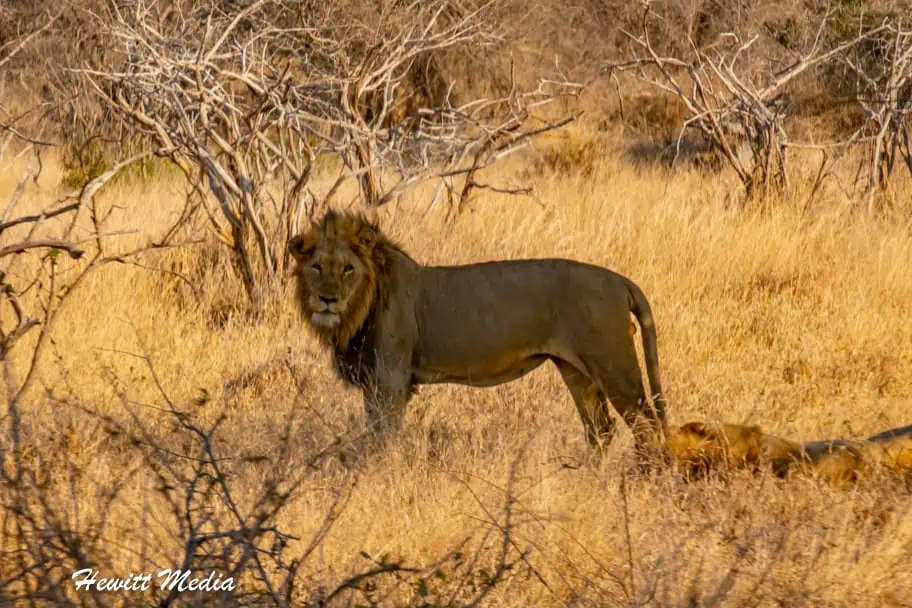
One of the most important decisions you will have to make when planning your Kruger National Park Safari is deciding which part of the park to visit. Kruger is one of Africa’s largest wildlife parks, so seeing the entire park in even one long trip is very difficult. Deciding what part of the park to plan your visit will be an important decision you will make.
Kruger National Park is logically broken up into three different sections. This includes Northern Kruger, Central Kruger, and Southern Kruger. Each section of the park has its own distinct advantages and disadvantages that you will need to consider and weigh. To assist you with this, I have included my thoughts on each section of the park for you to review below.
Southern Kruger
The southern section of Kruger National Park is by far the most popular section of the park. For starters, it is the easiest part of the park to get to from Johannesburg and Swaziland because of its close proximity. Not to mention, it is also where you will find the most popular rest camps within the park. The southern section of Kruger National Park has the most amenities, which means that there is a shorter driving distance between rest camps and picnic sites.
In addition, this section of Kruger National Park is renowned for having some of the very best game viewing. If you want to see Africa’s “Big Five” animals, your best bet is to visit the southern section of Kruger. As an added bonus, the southern section of Kruger is also the closest to luxury private game reserves in the Greater Kruger National Park area. So, if you plan on spending time on safari inside and outside of the park, I recommend Southern Kruger for your visit.
Southern Kruger Gates
Central Kruger
Like the southern section of Kruger National Park, the central section is renowned for its incredible wildlife sightings. While it doesn’t have as many amenities as the southern section, Central Kruger has some of the most popular rest camps in the park. Both the Satara and the Olifants rest camps are iconic areas to visit for your first Kruger National Park safari. In fact, the area around Satara may be one of the best spots in the park to spot lions.
The lush grasslands in this area of the park are the perfect habitat for lions to hunt, which makes it a great spot to see this apex predator in the wild. The grasslands also attract many of the park’s grazing species, such as antelope, buffalo, and zebra. So, if you want to get away from the crowds in the south section of Kruger, but still want to be near the bulk of the park’s amenities, Central Kruger is a great option.
Central Kruger Gates
Northern Kruger
For travelers that want to completely escape the crowds and experience the majesty of a wild Kruger National Park, the northern section of the park may be just what you are looking for. There are far fewer people in this area of the park because there are far fewer amenities in the northern section of Kruger. Less amenities means that there is a longer driving distance between rest camps and picnic sites.
There is also less wildlife in this part of the park, but less humans means that you may be able to spot some of the park’s more elusive species. For instance, Northern Kruger is one of the best places in the park to see the critically endangered African Wild Dog. In addition, it is also an incredible place to go bird watching. So, if you would like to experience a more rustic Kruger National Park safari without the crowds, Northern Kruger is a great place to do just that.
Northern Kruger Gates
Best Times to Visit Kruger National Park
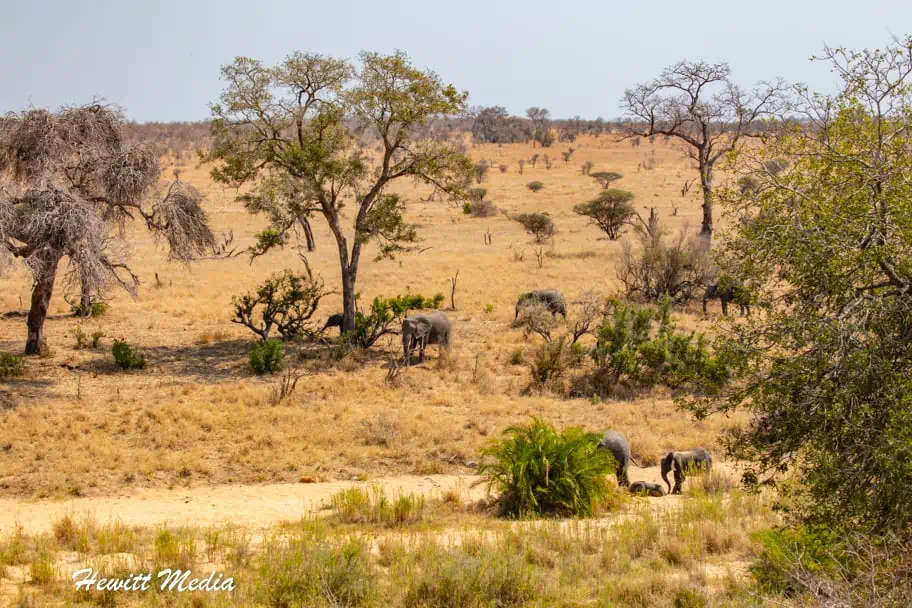
Like most safari destinations, some months of the year are better than others to go on a Kruger National Park safari. Before you start to plan your safari adventure, take some time to review the information I have included in this section of my guide. It has important information that will help you pick the right time to plan your trip.
Average Temperature (°F)
As you can see by the monthly temperature chart below, the daytime temperatures in Kruger during the summer months can be incredibly hot. If you aren’t good with high heat and humidity, I would avoid the months of December thru February.
At the same time, morning temperatures during the dry winter months can be very cold. In South Africa, they use open safari vehicles, so early morning game drives are very chilly. If you want to avoid the cold, steer clear of the months of June thru August.
Average Precipitation (Inches)
One of the most important factors that can influence a safari experience is rain. And this isn’t just because it impacts the comfort of us as visitors. Rain can play a huge factor in how easy it is to find and spot animals within the park and reserves.
When it is dry out, water is scarce and animals tend to congregate near permanent water supplies like rivers. This makes it much easier to find animals while on safari. Not only that, but vegetation isn’t as thick during the dry months, which makes it easier to see animals in the bush.
During the wet months when water is plentiful throughout the park and vegetation is thick, finding animals becomes a much tougher task. Before planning your Kruger National Park safari, review the average monthly rainfall chart I have included below to assist you in picking the right time for your safari.
Dry Season (May to September)
- Daytime temperatures aren’t as hot, and the humidity is low.
- Water is scarce in the bush, so animals are attracted to the permanent water sources. This makes spotting animals much easier.
- The dry, sparse vegetation makes it much easier to spot animals in the bush.
- Morning temperatures can be chilly, so warm clothes are needed for morning safaris in the open-air safari vehicles. This is especially true in June, July, and August.
Wet Season (October to April)
- Daytime temperatures can be scorching hot and very humid. Daytime high temperatures can exceed 104-degrees Fahrenheit.
- Beginning in October, rain becomes more frequent in the park. This makes finding animals more difficult as water sources are more prevalent, and the vegetation gets thicker.
- The months of December thru February are typically very wet with downpours in the afternoons. It seldomly rains all day, but frequent afternoon rainstorms should be expected this time of year.
- Morning temperatures are more moderate, so warm clothing isn’t as needed for early morning game drives.
Best Months to Visit Kruger National Park
As you can see, there are a lot of factors to consider when deciding when to plan your Kruger National Park safari. In addition to the information, I provided above, I have also included an easy-to-understand chart below. This chart combines all of the factors I outlined to visually show you which months are best for visiting Kruger National Park.
| JAN | FEB | MAR | APR | MAY | JUN | JUL | AUG | SEP | OCT | NOV | DEC |
| = Excellent | = Good | = Fair | = Poor | ||||||||
Where to Stay in Kruger National Park
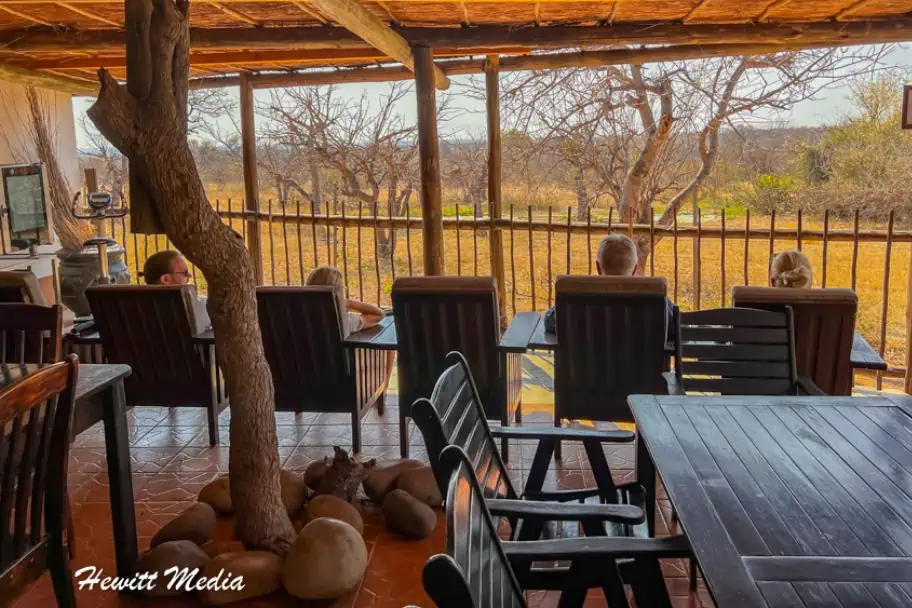
One thing that you will quickly realize as you start to plan your Kruger National Park safari is that there is a wide range of options for where to stay. You will find everything from high-end luxury resorts to bare amenity campgrounds, both inside the park and in the surrounding game reserves. As you start to put together your plans, you will need to decide where you want to stay during your visit.
If you are planning on staying inside Kruger National Park, I have provided a number of rest camp, lodge, bushveld camp, and campground recommendations for each section of the park later in this guide. For those who are unsure of where to begin, I have provided some highlights you can expect from each accommodation option for you to review below.
Park Rest Camps
For those who plan to stay inside Kruger National Park, one of the most popular options is to stay at one of the SANParks operated rest camps. While these rest camps aren’t as luxurious as some of the private lodges that you will find inside and outside of the park, they are more than comfortable and are generally very well maintained.
Private Lodges
If you are planning on staying within Kruger National Park but are looking for something a bit more upscale than what is provided at the rest camps, there are a number of private lodges within the park as well.
These private lodges offer a wide range of budget options, so you can find anything from high-end luxury to budget friendly lodging. As an added bonus, many of the privately run lodges within the park offer private access to roads within Kruger National Park that are off limits to other visitors.
Park Campsites and Bushveld Camps
As you start to explore the accommodations in Kruger outside of the lodges, you will hear a lot of different terms thrown around. The terms “tented camp”, “bushveld camp”, and “bush camp” can mean different things to different people. Apart from your traditional lodges, which tend to offer the most amenities to visitors, there are a wide range of camp options in Kruger as well.
Tented Camps
The tented camps are typically smaller and more rustic than the traditional lodges, but they still offer many of the amenities you will find in the park’s lodges. Most often, this includes a bed, a bathroom, and sometimes even a shower within your tent. These accommodations are meant to give your stay a bush feel without skimping on too many of the luxuries of modern accommodations.
Bushveld or Bush Camps
Unlike tented camps, the “bushveld camps” or “bush camps” are typically even smaller and more rustic than your luxury tented camp. These sites tend to be even more remote, giving visitors an even more authentic bush experience. Generally speaking, these sites forgo many of the modern luxuries that you will find in the lodges and tented camps in favor of a more authentic safari experience.
Campgrounds
Lastly, the campsites in Kruger National Park are designed for visitors who either have their own tents or pop-up vehicle roof or trailer tents to stay in. These campgrounds are still protected by the same type of perimeter fencing that you will find at the lodges and camps, but the only amenities you will typically find are shared bathrooms and showers.
Depending on the site, some will also include a common kitchen area that you can use to prepare and cook meals. These sites are designed for the visitor who wants to forgo most modern luxuries and have as authentic a safari experience as possible.
Private Game Reserve Lodges and Camps
You will find the same variety of accommodations in the private game reserves in the Greater Kruger National Park area. These reserves have everything from the most luxurious lodges you can imagine to some of the most basic bush camps for those looking for a more authentic and budget-friendly experience.
One thing I would caution that you research before booking is whether or not the lodge, bushveld site, or campground you book has a protective perimeter fence. Most sites in the Greater Kruger area do, but not all of them offer this. If you are concerned about dangerous wildlife coming into your camp at night, this is something you will want to confirm before booking.
Southern Kruger National Park
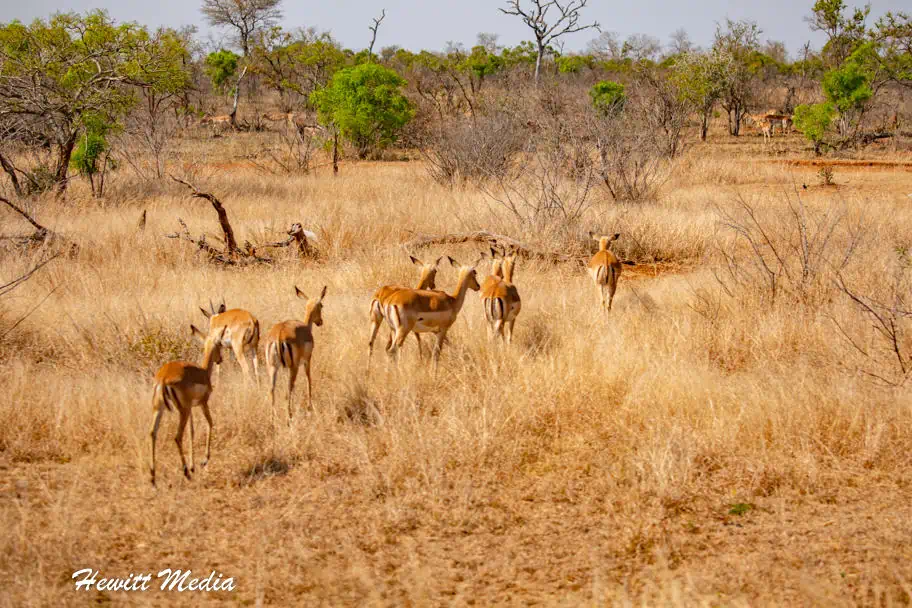
The southern section of Kruger National Park is undoubtedly the most popular part of the park. In addition to having the most amenities to enjoy, it is also where you will find half of the park’s entrance gates. If you are starting to plan your Kruger National Park safari and would like to know where to stay and where to stop, you are in luck.
I have included details on recommended rest camps, lodges, and campsites for you to review below. I also outline where the popular picnic, scenic spots, and animal hides are located to assist you in your safari planning.
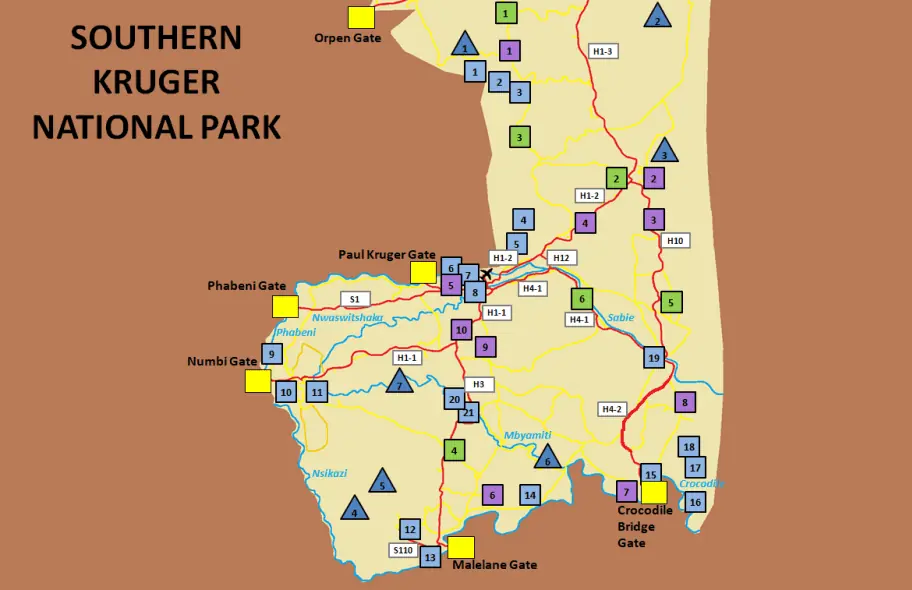
View Large Printable Detail Map
Southern Kruger Lodges and Rest Camps
Southern Kruger Campsites and Bushveld Camps
| Talamati Bushveld Camp | Bushman Trails Camp | Napi Trails Campground | |||
| Sweni Trails Campground | Wolhuter Trails Campground | ||||
| Metsimetsi Trails Camp | Biyamiti Bushveld Camp |
Southern Kruger Picnic Areas
| Muzandzeni Picnic Site | Nhlanguleni Picnic Site | Mlondozi Picnic Site | |||
| Tshokwane Picnic Site | Afsaal Trader’s Rest | Nkuhlu Picnic Site |
Southern Kruger Lookouts and Hides
| Mondzweni Viewpoint | Lake Panic Hide | Ntandanyathi Hide | |||
| Orpen Dam | Gardenia Hide | Stevenson-Hamilton | |||
| Nkumbe View Site | Hippo Pools | Mathekenyane-Granokop | |||
| Kruger Tablets |
Central Kruger National Park
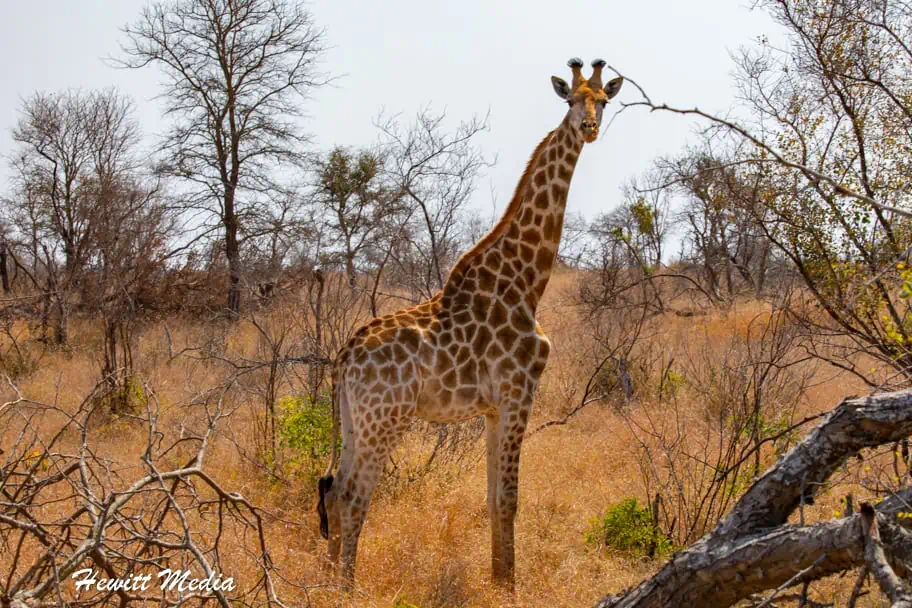
While the central section of Kruger doesn’t have the quantity of amenities as the south has, it certainly doesn’t lack in quality. In my opinion, some of the park’s top rest camps are located in the center of the park. Not only that, but Central Kruger is one of the best places to spot the park’s top predators. If you are starting to plan your Kruger National Park safari, you will want to review this section of my guide.
I have included details on recommended rest camps, lodges, and campsites in Central Kruger below. I also outline where the popular picnic, scenic spots, and animal hides are located to assist you in your safari planning.
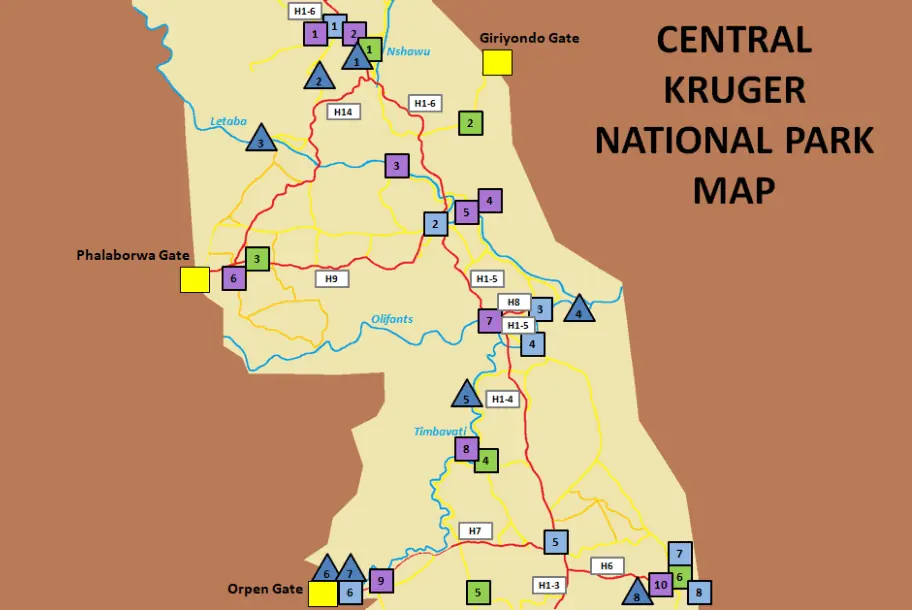
View Large Printable Detail Map
Central Kruger Lodges and Rest Camps
| Mopani Rest Camp | Balule Satellite Camp | Singita Lebombo Lodge | |||
| Letaba Rest Camp | Satara Rest Camp | Singita Sweni Lodge | |||
| Olifants Rest Camp | Orpen Rest Camp |
Central Kruger Campsites and Bushveld Camps
| Tsendze Rustic Camp | Olifants Trails Campground | Maroela Camp | |||
| Boulders Bushveld Camp | Roodewal Bushveld Camp | Sweni Trails Campground | |||
| Shimuwini Bushveld Camp | Tamboti Tented Camp |
Central Kruger Picnic Areas
| Mooiplaas Picnic Site | Masorini Archeological Site | Muzandzeni Picnic Site | |||
| Makhadzi Picnic Site | Timbavati Picnic Site | N’ wanetsi Picnic Spot |
Central Kruger Lookouts and Hides
| Pioneer Hide | Matambeni | Ratelpan Bird Hide | |||
| Shipandani Overnight Hide | Sable Sleepover Hide | Rabelais’ Hut | |||
| Mingerhout | N’wamanzi Lookout | Sweni Bird Hide | |||
| Engelhard |
Northern Kruger National Park
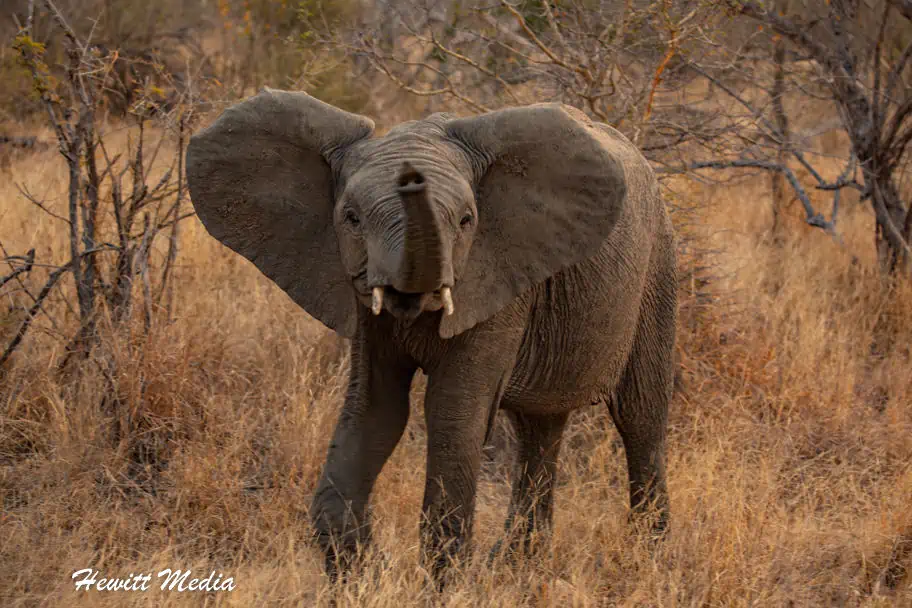
If there is one criticism I hear about Kruger National Park, it is that it can sometimes get a bit crowded. It isn’t uncommon in some areas to see crowds of vehicles around animal sightings. If you are looking to avoid that, the northern section of Kruger National Park is just what you are looking for. Although the amenities are fewer and farther between, there are still great options to choose from. This section of the park is far more secluded and will make you feel like you have the park more to yourself.
If you would like to visit Northern Kruger, you will want to read this section of my guide. Not only do I provide recommendations on rest camps, lodges, and campsites, but I provide some other great info as well. For instance, I list the picnic spots, scenic stops, and animal hides that I would recommend checking out. Hopefully this information assists you in your safari planning.
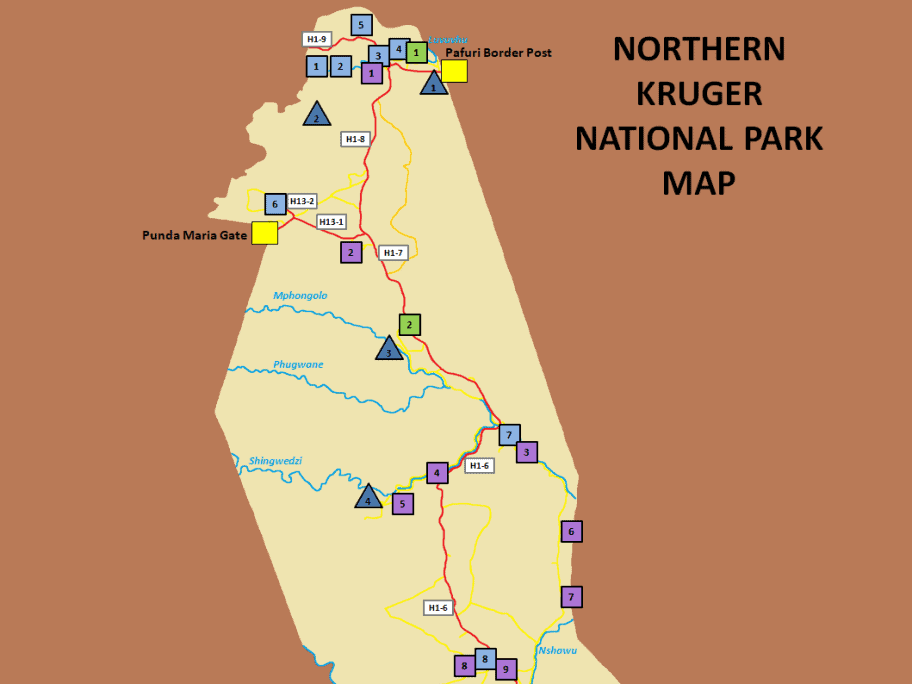
View Large Printable Detail Map
Northern Kruger Lodges and Rest Camps
| The Outpost Lodge | Pafuri Luxury Tented Camp | Shingwedzi Rest Camp | |||
| Pel’s Post | EcoTraining Makuleke Camp | Mopani Rest Camp | |||
| Baobab Hill Bush House | Punda Maria Rest Camp |
Northern Kruger Campsites and Bushveld Camps
Northern Kruger Picnic Areas
Northern Kruger Lookouts and Hides
| Thulamela Archaeological Site | Red Rocks Lookout | Shibavantsengele Lookout | |||
| Dzundzwini Peak | Tshanga Viewpoint | Pioneer Hide | |||
| Kanniedood Hide | Nyawutsi Hide | Shipandani Overnight Hide |
Wildlife in Kruger National Park
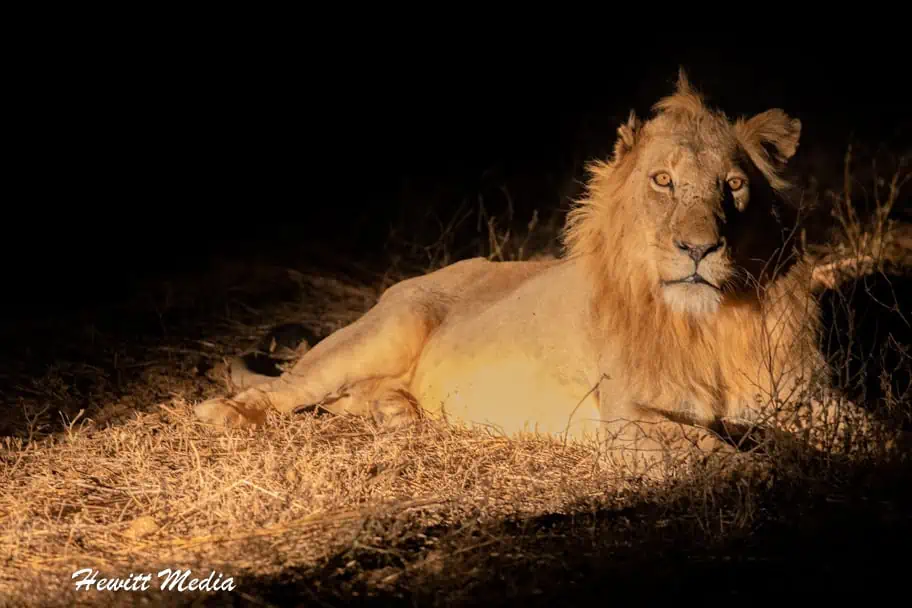
It isn’t a coincidence that Kruger National Park is one of the most renowned and popular wildlife parks in all of Africa, if not the world. Few other parks in Africa are as big and as rich and wildlife as this iconic park. To start, it is one of the very best places in Africa to see the “Big Five” animals. It is one of the few places in Africa where rhinoceros sightings are still common, thanks to a firm dedication to conservation and protection efforts.
While it may not have as many lions as you will find in Tanzania or Kenya, Kruger National Park still has a very healthy lion population for visitors to enjoy. In fact, Kruger is a great place to witness lion predation as the cats will often use the park’s paved roads to hunt giraffe and other large prey.
Finally, the park is also one of the few remaining places in Africa where you have a reasonable chance of spotting the critically endangered African Wild Dog. Sightings of these incredible animals is still rare, but not out of the question if you are lucky. For an idea of which of Africa’s most iconic animals you might expect to see on your Kruger National Park safari, please refer to the chart I included below.
 |
 |
 |
 |
 |
 |
| Elephant Common |
Giraffe Common |
Hippo Common |
Buffalo Common |
Zebra Abundant |
Wildebeest Common |
 |
 |
 |
 |
 |
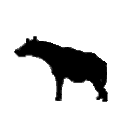 |
 |
| White Rhino Occasional |
Black Rhino Very Rare |
Lion Occasional |
Leopard Rare |
Cheetah Rare |
Hyena Common |
Wild Dog Very Rare |
Kruger National Park Safari Tips
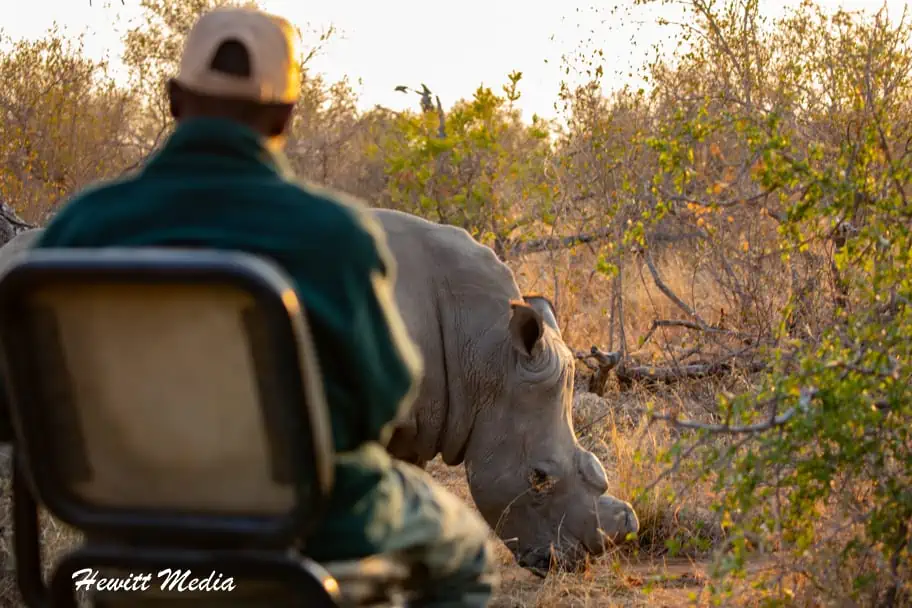
When you are on safari, especially in an iconic wildlife destination like Kruger National Park, it is easy to get lost in the experience. Being on safari in Africa is an amazing adventure that you should remember for a lifetime. However, if you aren’t careful, you might not get everything out of the experience that you could have.
In order to make sure your Kruger National Park safari is as incredible as it can be, I have provided some general safari tips for you to review below.
General Kruger National Park Safari Tips
Be Patient and Open-Minded
When you are on safari, everything isn’t going to go according to plan. The weather, the animal’s behavior, and other factors are going to impact where you go and what you see. Kruger National Park provides some of the best wildlife viewing opportunities in Africa, but even in Kruger, you have to be ready to adjust your plans if necessary.
Put Safety First
It is really easy to get caught up in the safari experience and want to get the best pictures you possibly can. However, safety should always be the primary concern. To give you some help on how to remain safe while on safari in Kruger National Park, I have outlined some general safety tips for you to review later in this guide.
Don’t Get Stuck Behind Your Camera
Everyone wants to get great pictures while on safari, and you should absolutely bring your camera and take a lot of pictures. However, if you spend your entire time in Kruger National Park looking thru your camera, you are going to miss out on some of the experience. I would recommend setting your camera down every-once-in-a-while and just enjoy being in such an amazing place.
Ask a Lot of Questions
Make sure you ask your guides a lot of questions while you are on safari in Kruger National Park. It is easy to get caught up in the moment and forget to ask which type of animal you are looking at or why they are doing what they are doing, but your safari guide is there to answer these questions for you. And believe me, they enjoy answering these questions. Don’t get home and regret not asking those questions.
Give Yourself Plenty of Time
Kruger National Park is a very large park, with very distinct and unique environments. There is no way that you are going to be able to explore the entire park in one trip, so if you want to see more of the park, you should plan to spend multiple days on safari in Kruger.
Kruger National Park Self-Drive Tips
Stay on the Roads at All Times
Park rules require that you stay on the marked roads at all times. You cannot drive off-road in Kruger National Park.
Stay In Your Vehicle
Only get out of your vehicle in areas that are CLEARLY marked as safe to do so. Never, under any circumstance, should you get out of your vehicle otherwise. Even though you don’t see any animals, that doesn’t mean they aren’t there and that they don’t see you.
Know Your Vehicle’s Limits
Only attempt to drive on the roads marked as 4×4 only if you have a 4-wheel drive vehicle with high clearance. The last thing that you want is to be stuck in the bush because you have gotten your vehicle stuck.
Carry a Satellite Phone or Emergency GPS if You Have One
If you have a satellite phone or an emergency GPS device, such as a Garmin InReach, make sure you have it with you while you are on safari in Kruger National Park. Do not rely on having cell phone service inside the park in case of emergencies.
Be Prepared to Pay Park Fees
Not only should you have cash with you to pay your park fees, but you will also need to have enough currency converted and with you for food, drinks, and other purchases you will need to make while in the park.
Download the Tracks4Africa App
The Tracks4Africa app is the recommended app for safari navigation in South Africa. Makes sure you have this app downloaded before your visit.
Leave Yourself Time to Get Back by Dark
It can be very easy to get caught up in the safari experience and lose track of time. However, you need to make sure you get back to your rest camp, lodge, or campsite before dark. This means leaving yourself extra time in case you need it.
Kruger National Park Safari Safety Tips
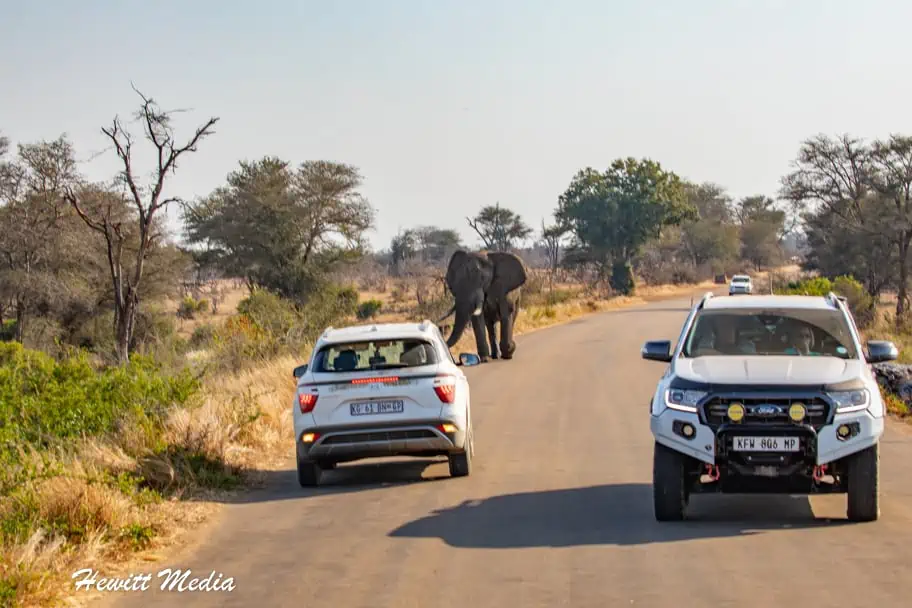
Going on a Kruger National Park safari can be an amazing and exciting experience, but it can also be incredible dangerous if you aren’t careful. While you are in the park, it is essential that you follow the rules in order to keep yourself and your loved ones safe. In addition to the posted park rules, here are some additional general safari safety rules I would remember.
Obey Your Safari Guide at All Times
The most important safari safety tip of all is to listen to your safari guide and obey them at all times. They are there to keep you safe, so let them.
Don’t Stick Anything Out of the Safari Vehicle
It is never a good idea to stick anything outside of a safari vehicle. Whether this be your arms, your feet, or your camera as you try to get a great picture, keep them inside the vehicle at all times.
Don’t Make Sudden or Frantic Movements
When you are in the safari vehicle, the animals tend to think of the vehicle, and everything associated with it as one homogeneous entity. However, if you make sudden and frantic movements, or do something else to make you stick out as a part of the vehicle, you may become an object of interest to them.
Only Exit the Vehicle in Approved Areas
This point cannot be stressed strongly enough. Never, and I mean never, get out of your safari vehicle unless your safari guide explicitly instructs that it is safe, or signs explicitly say that you can.
Avoid Leaving Your Tent or Lodge Room at Night
This rule is more applicable in private reserve accommodations that don’t have fences, but it is generally a good rule to follow regardless. Kruger National Park rest areas and lodges typically have protective border fences, which make them generally safer at night than parks in other areas of Africa. However, if you don’t need to leave your room at night, I would avoid venturing out. The African bush can be a dangerous place, especially at night.
Walk, Never Run
If you do find yourself outside of your vehicle and confronted by an animal (hopefully this never happens), then make sure that you stay as calm as possible, walk away slowly (never turning your back on the animal), and NEVER, EVER run away.
Be Careful Near Lakes, Rivers, and Water Holes
Unless you are explicitly told by your safari guide that the waters are free of hippos and crocodiles, you should never attempt to swim in a lake, river, or pond. Even then, I would think twice about doing it. In addition, you should avoid getting too close to these bodies of water. Hippos kill more people in Africa than any other animal, and crocodiles are not far behind on the list, so you always have to be safe when even approaching bodies of water.
Kruger National Park Photo Gallery
The country of South Africa has such an incredible wealth of wildlife and some of the most breathtaking landscapes in all of Africa. I absolutely cherished my Kruger National Park safari time, and I want to share some of my top photographs from that visit with you. I hope you enjoy these images and that they inspire you to book your own adventure in Kruger National Park!
If you would like to view some more of my top Kruger National Park safari photos, as well as photos from some of my many other travel adventures, make sure you are following me on Instagram as well!
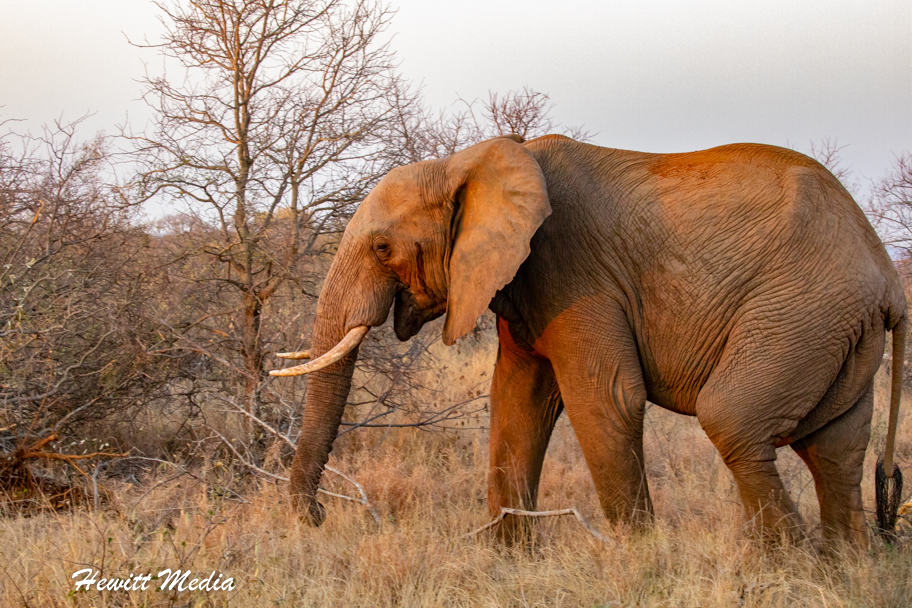
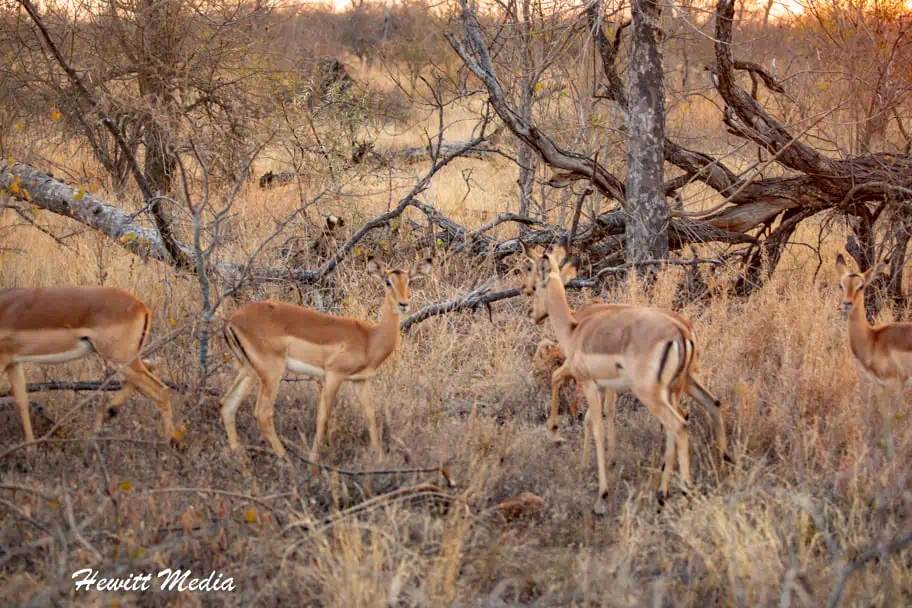
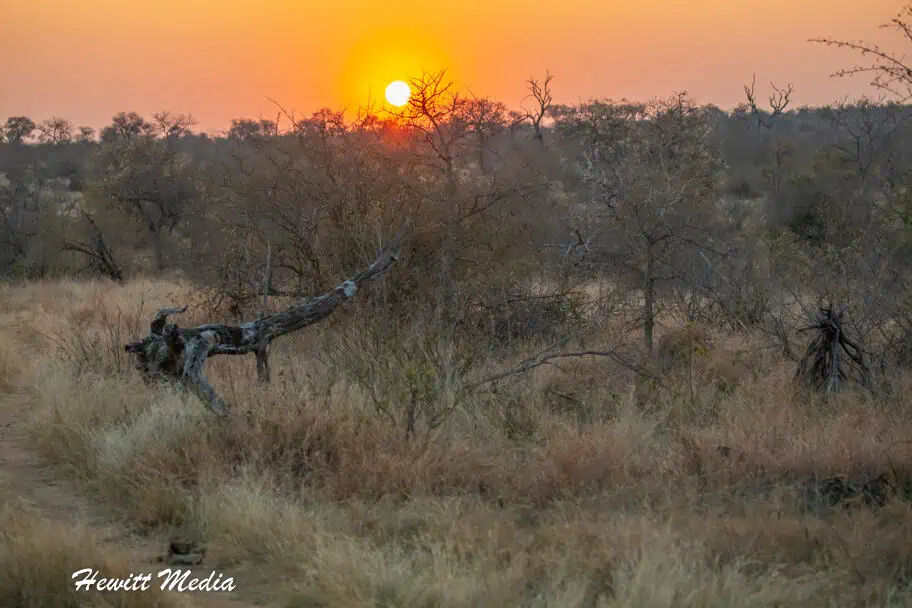
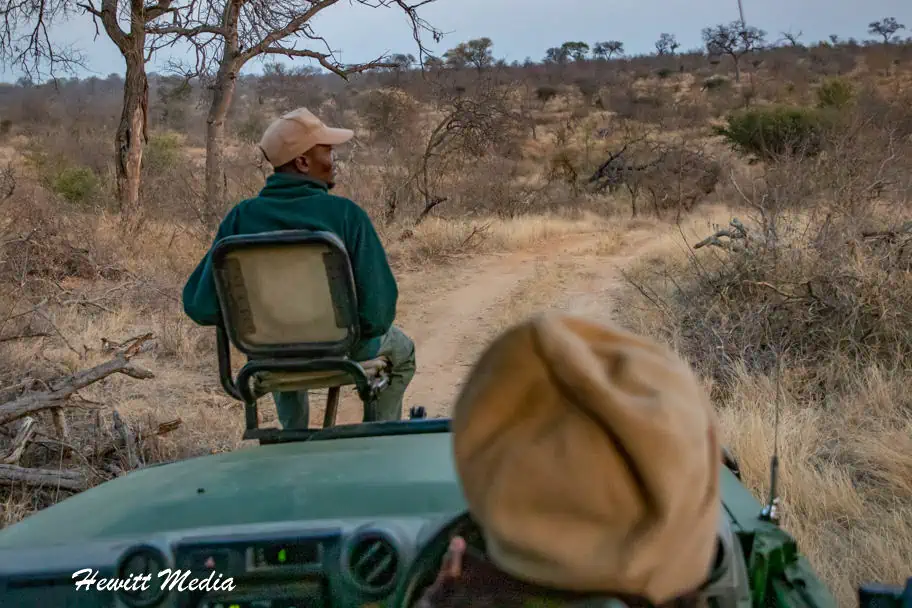
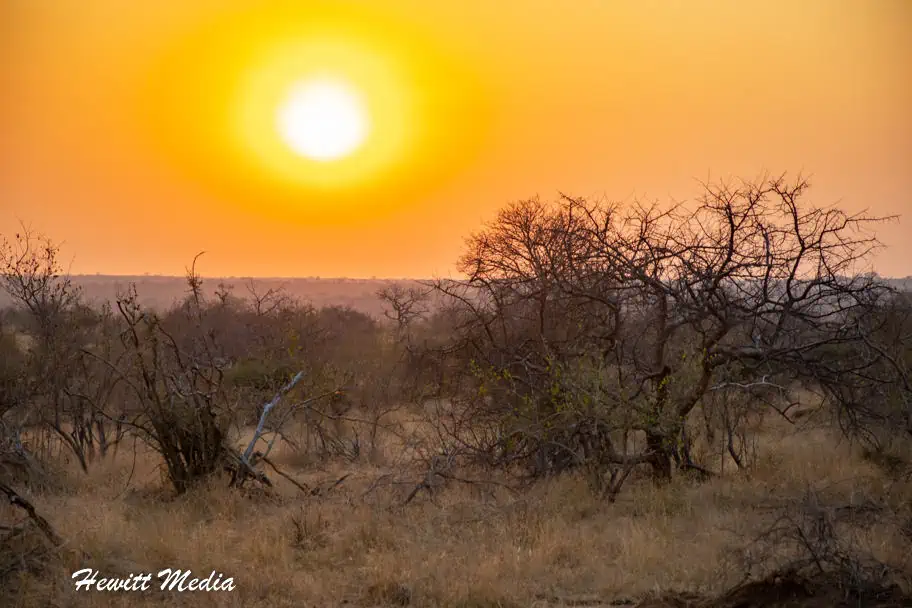
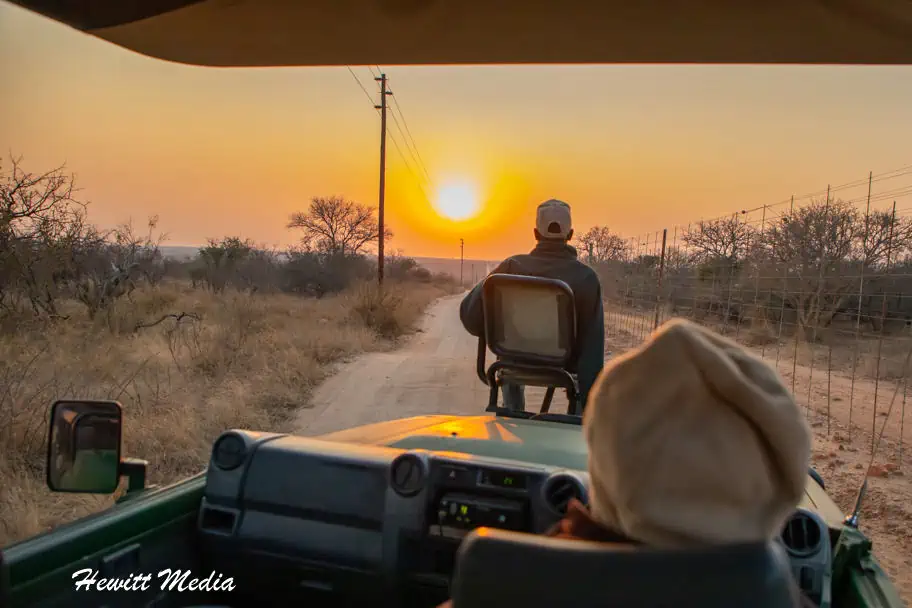
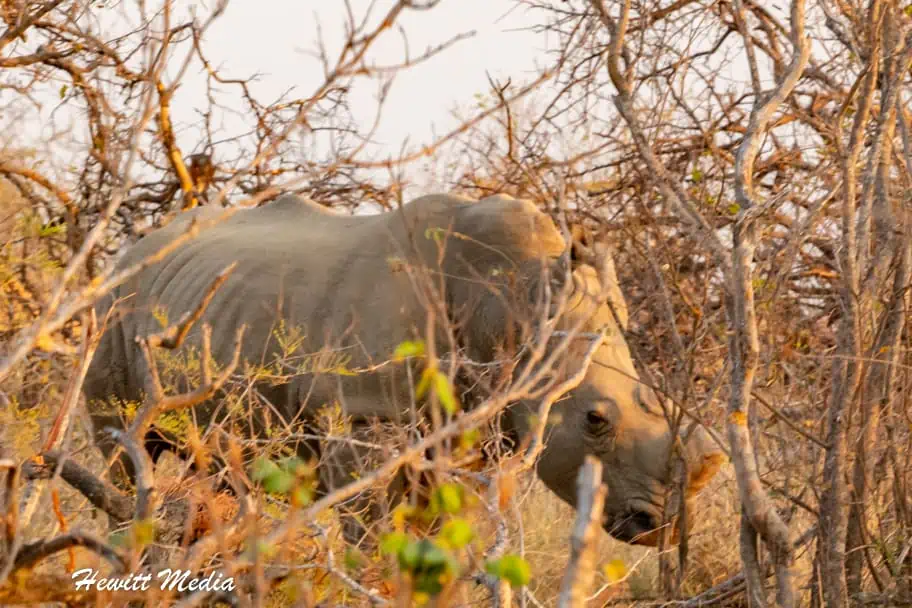
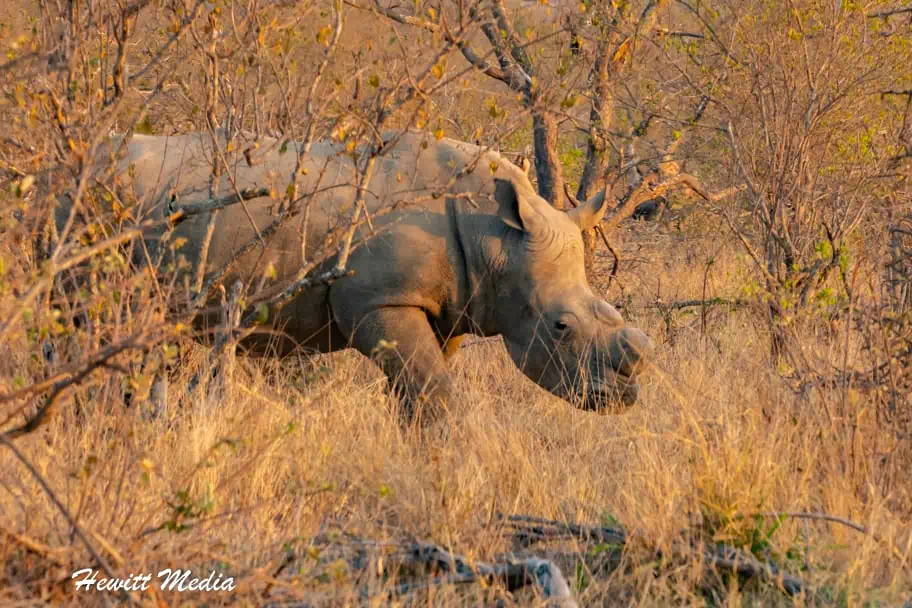
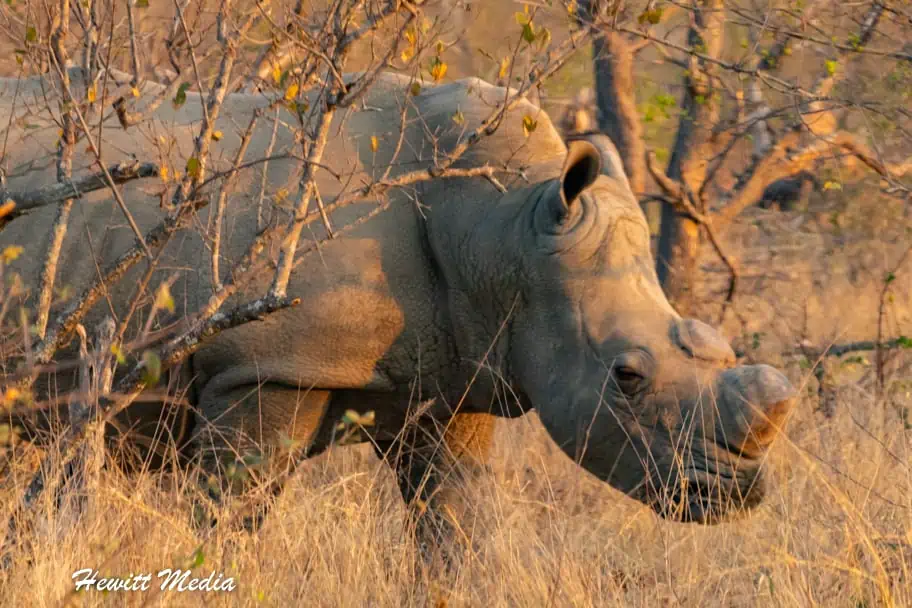
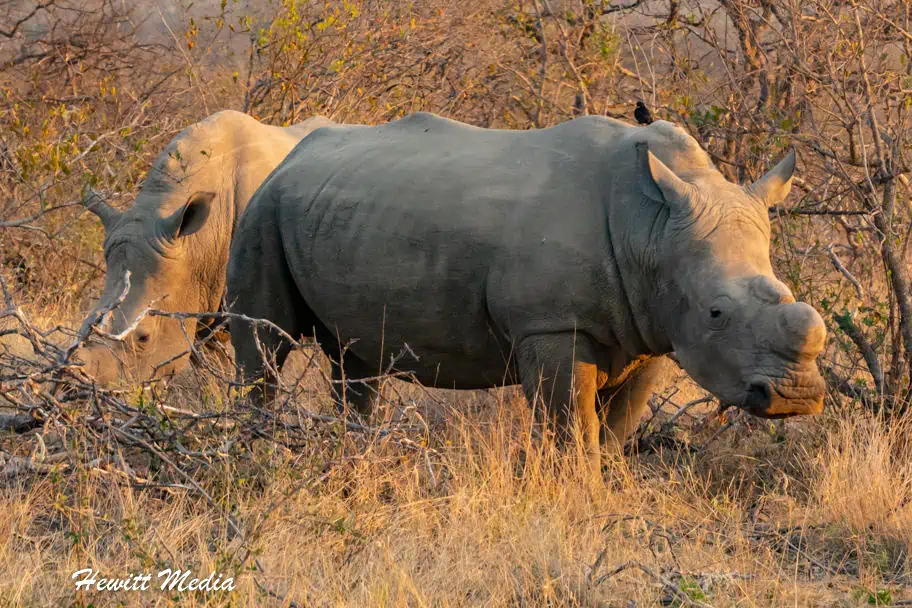
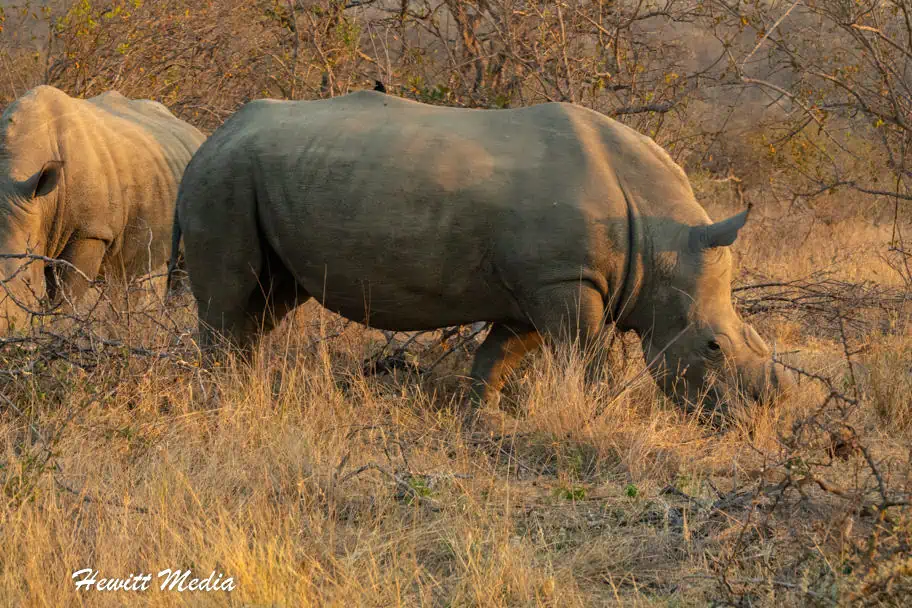
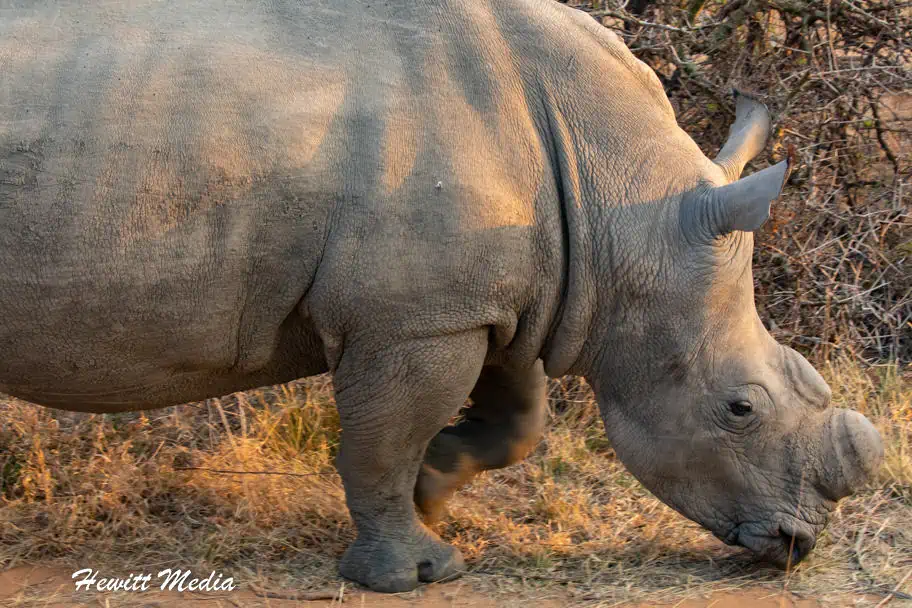
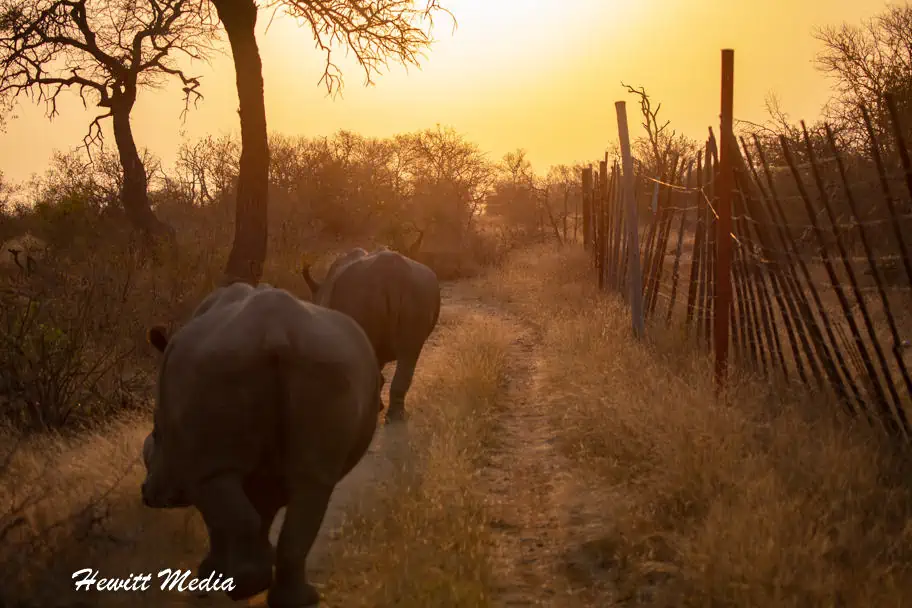

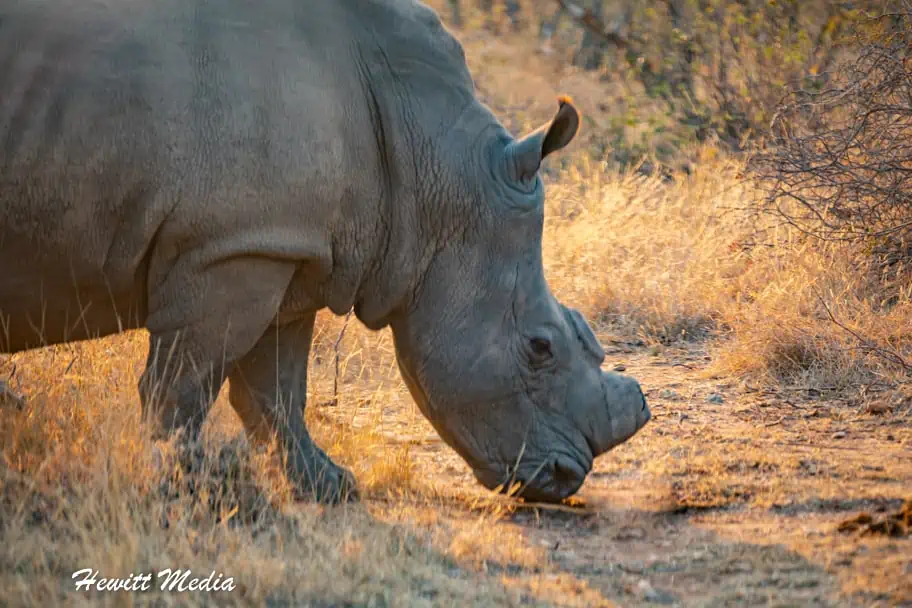
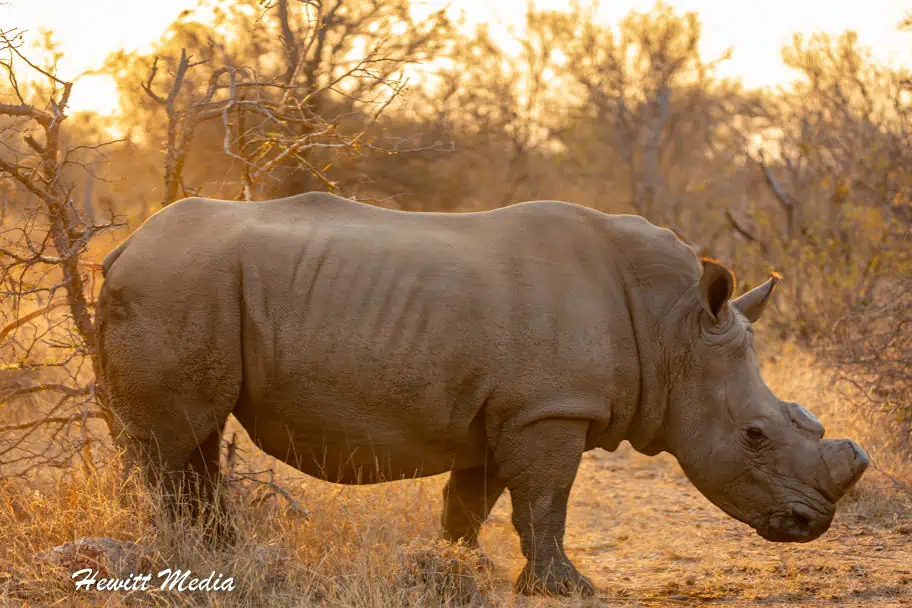
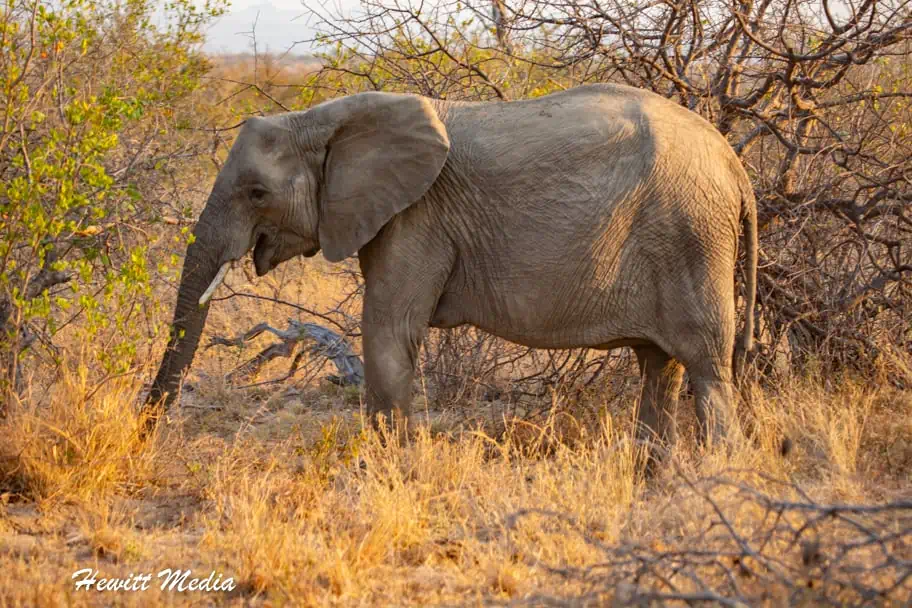
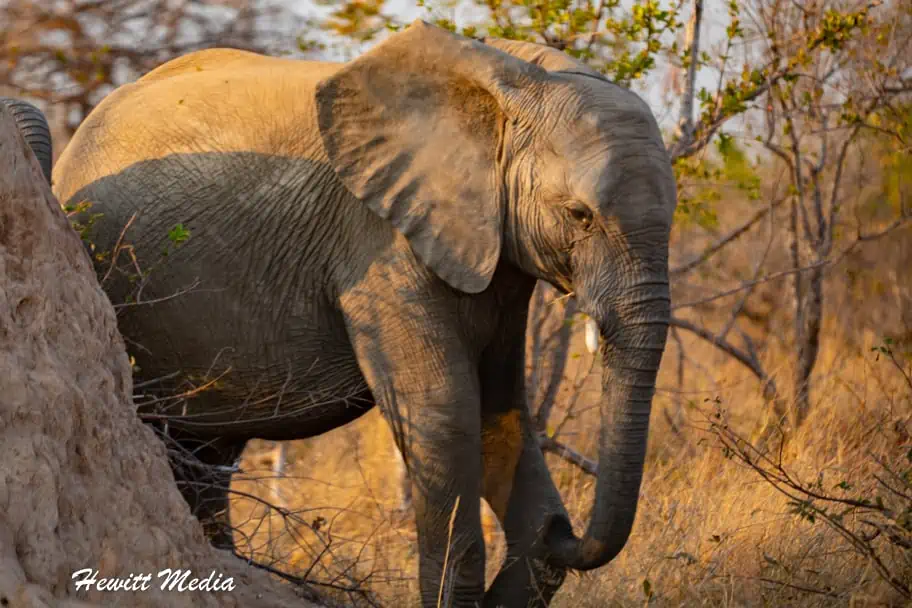
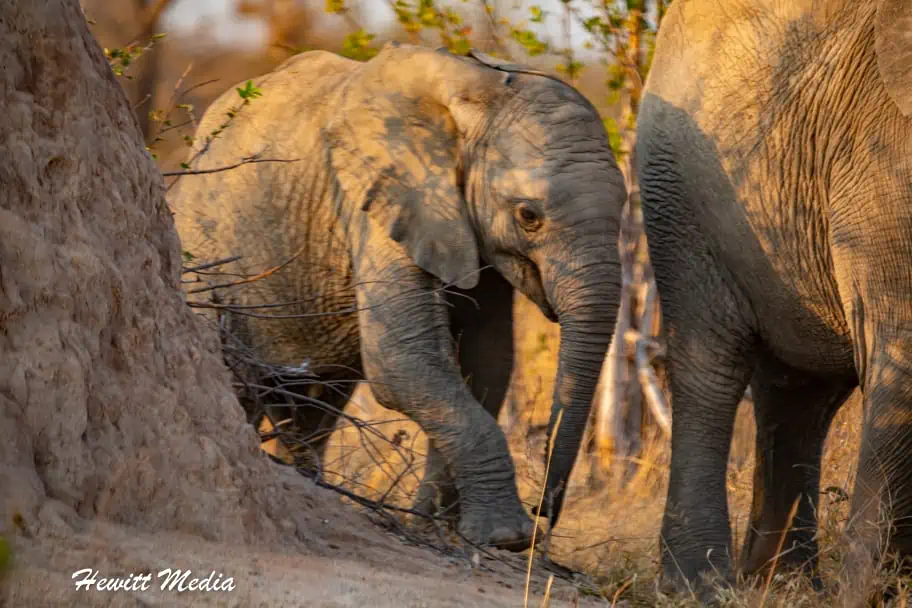
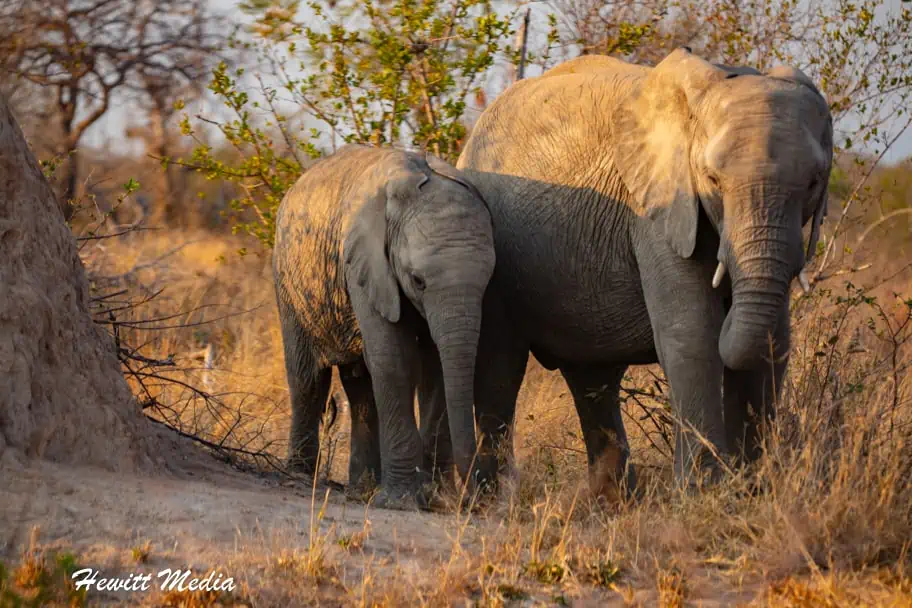
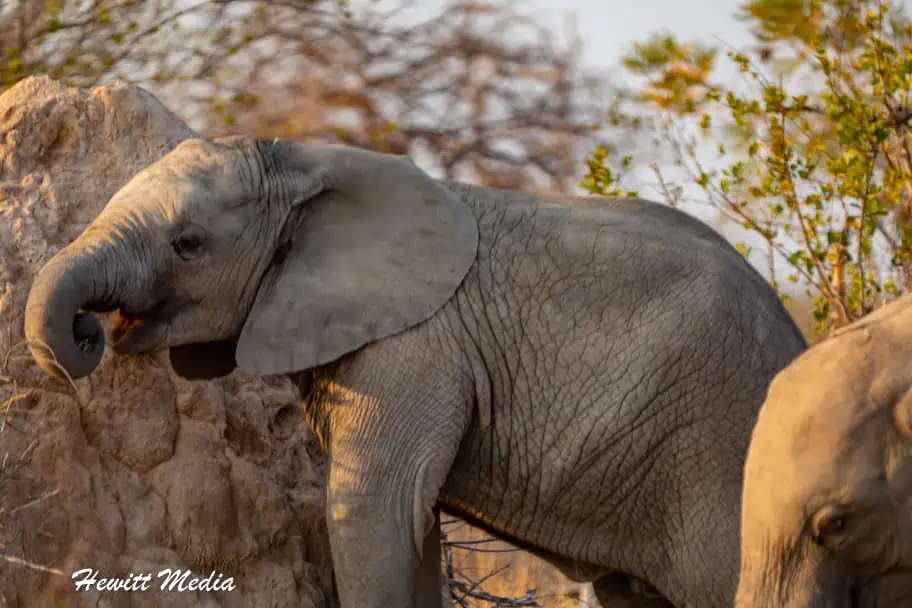
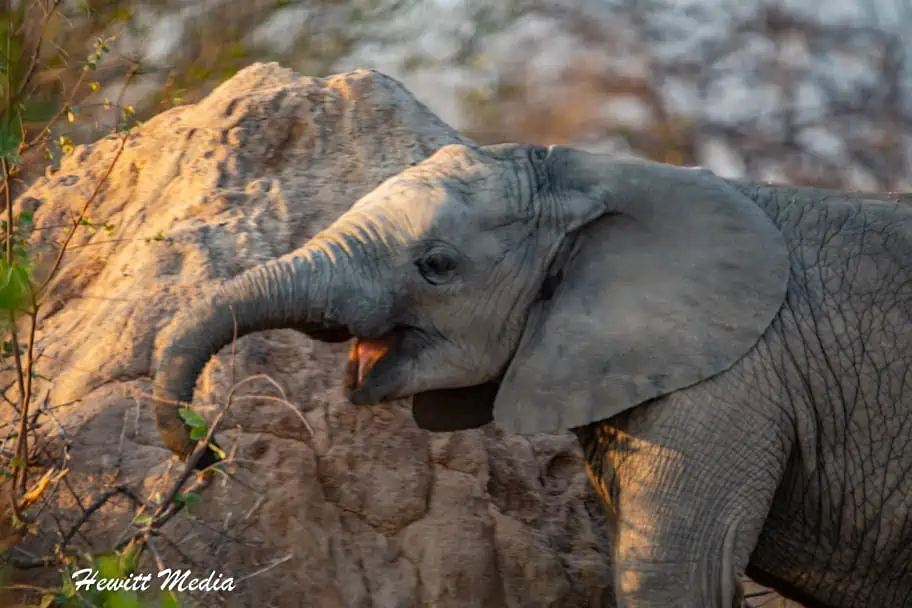
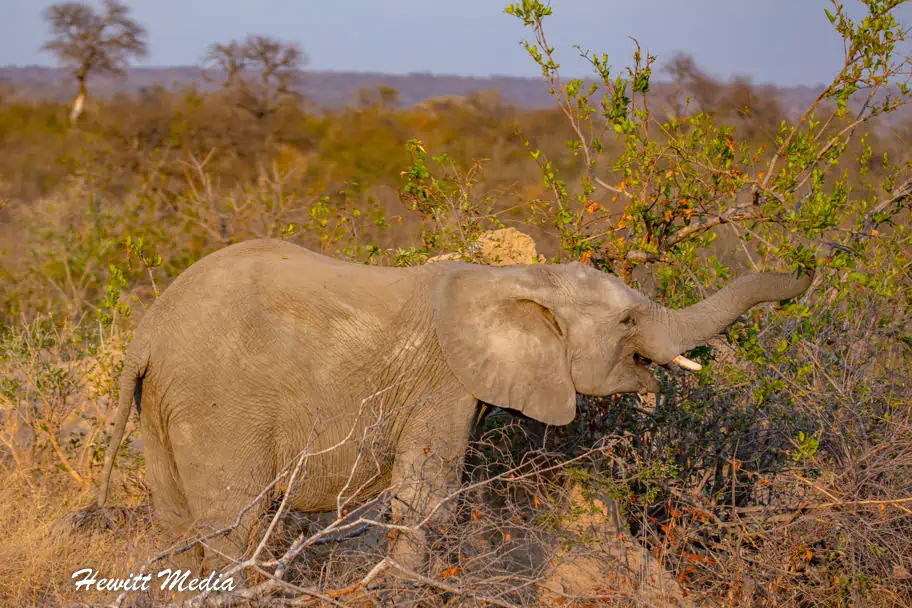
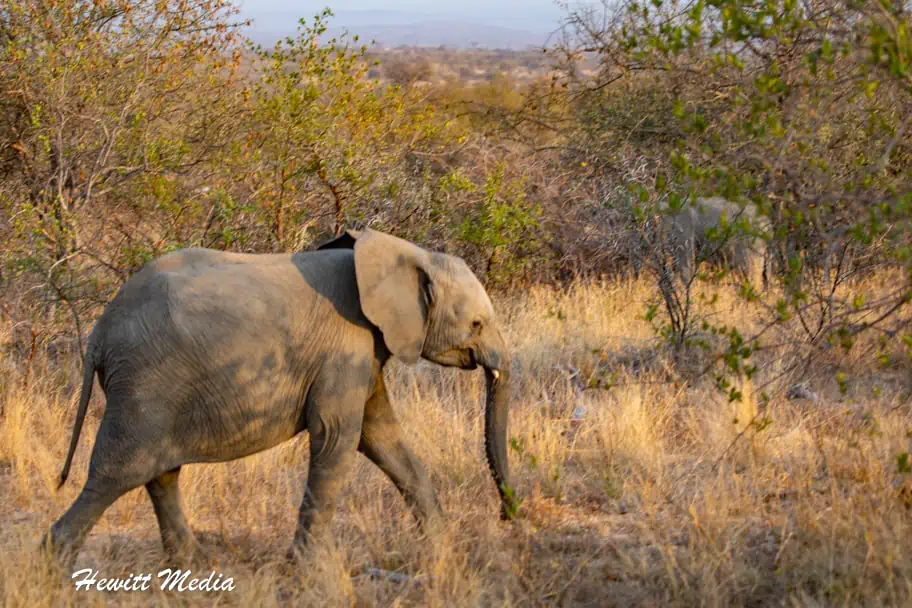
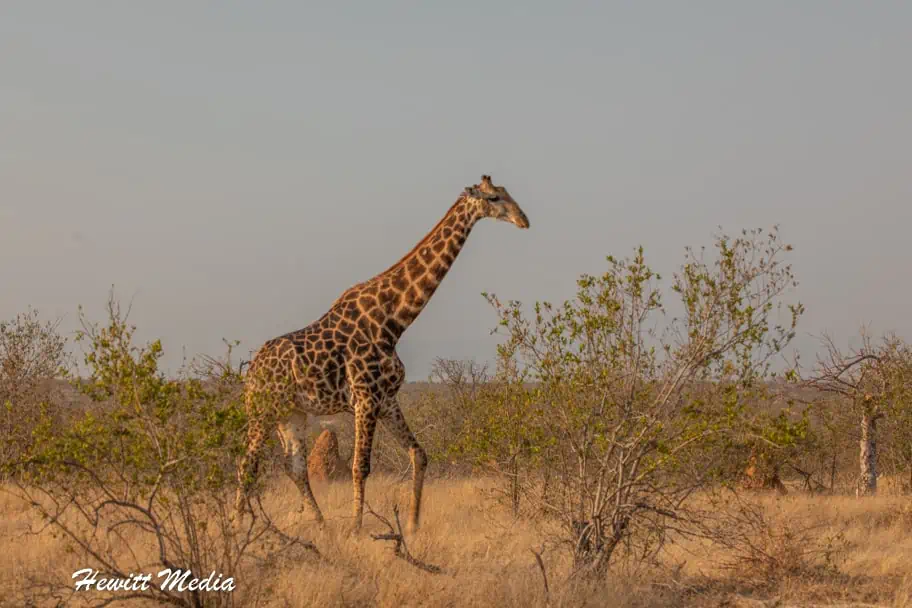
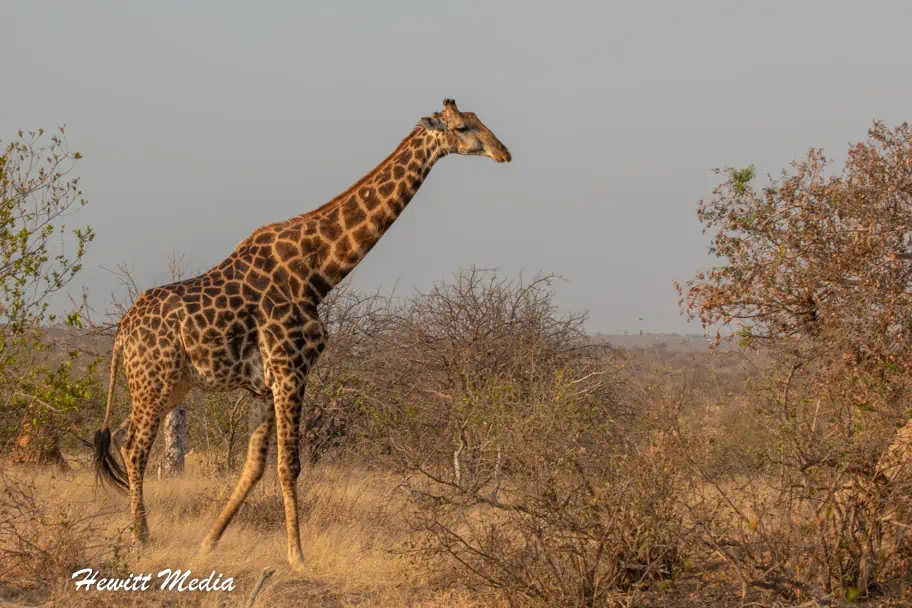
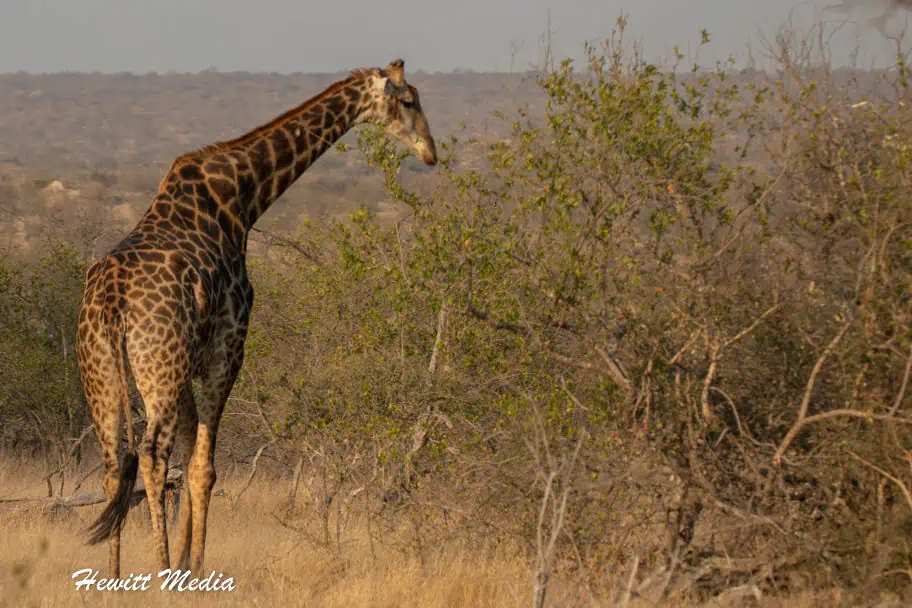
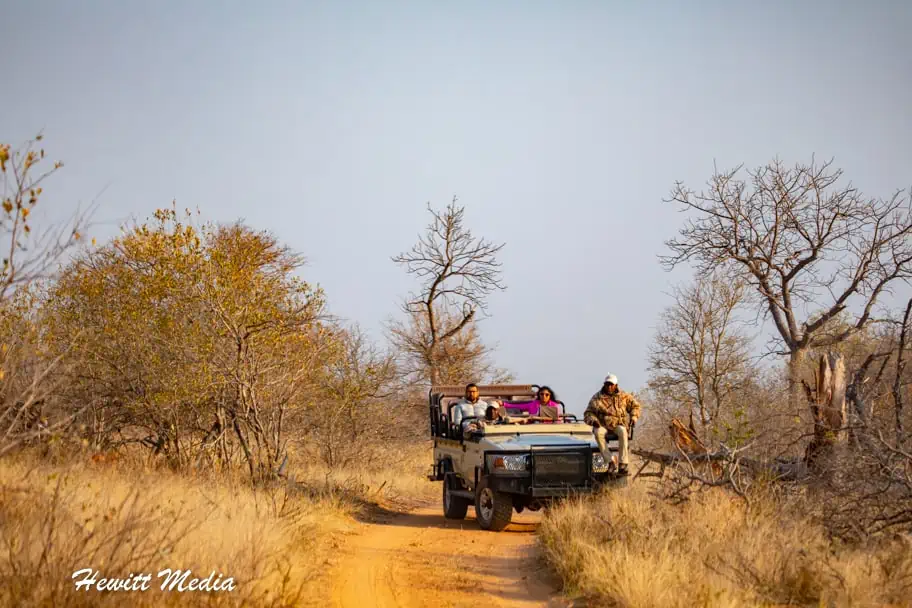
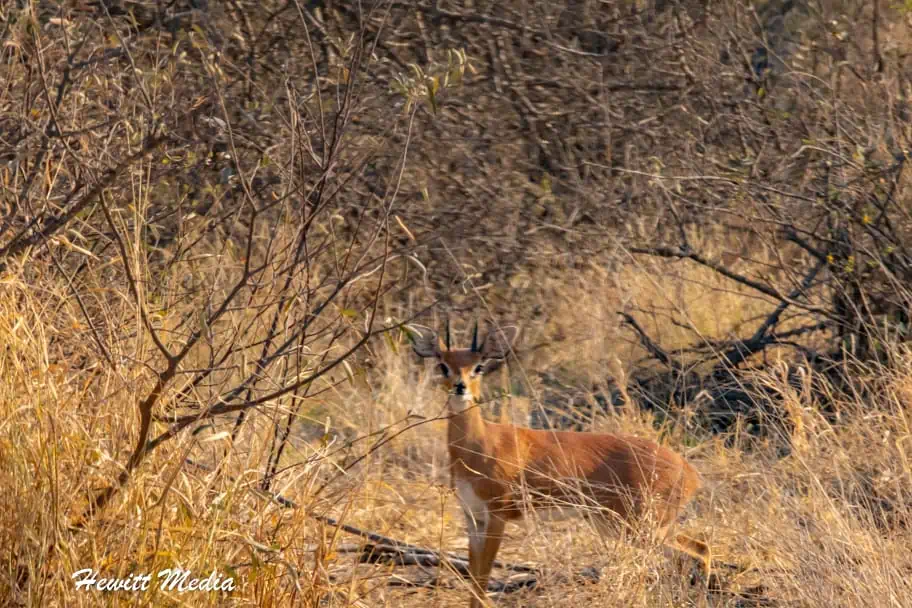
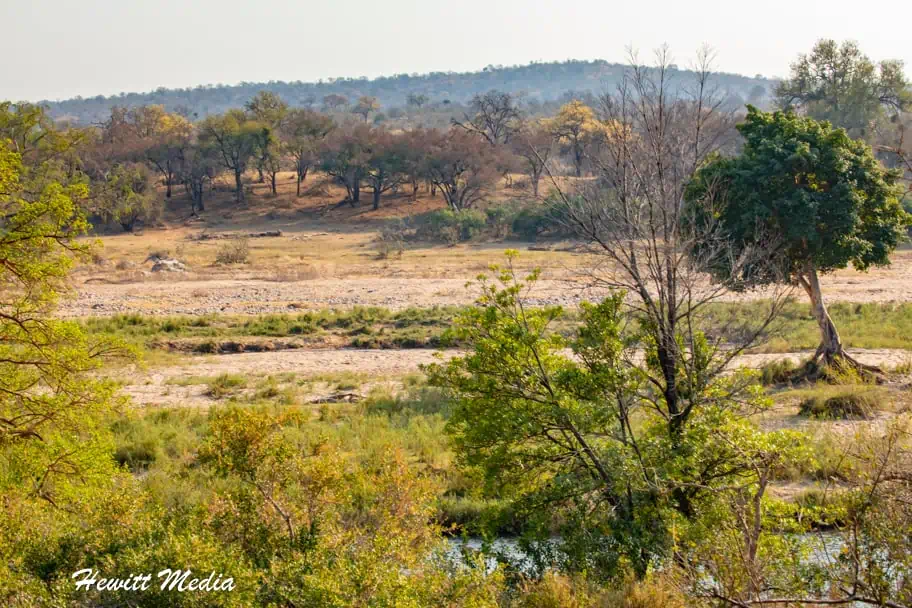
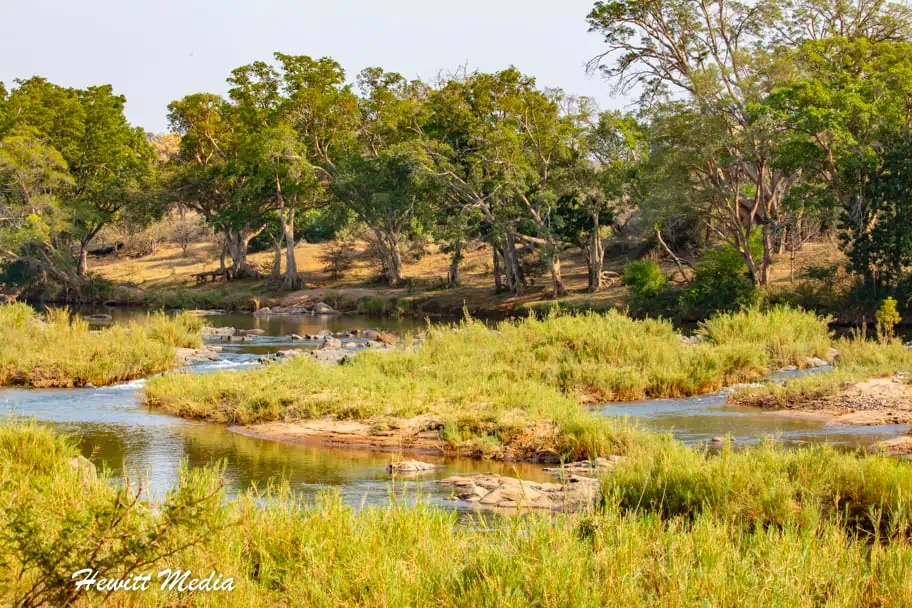
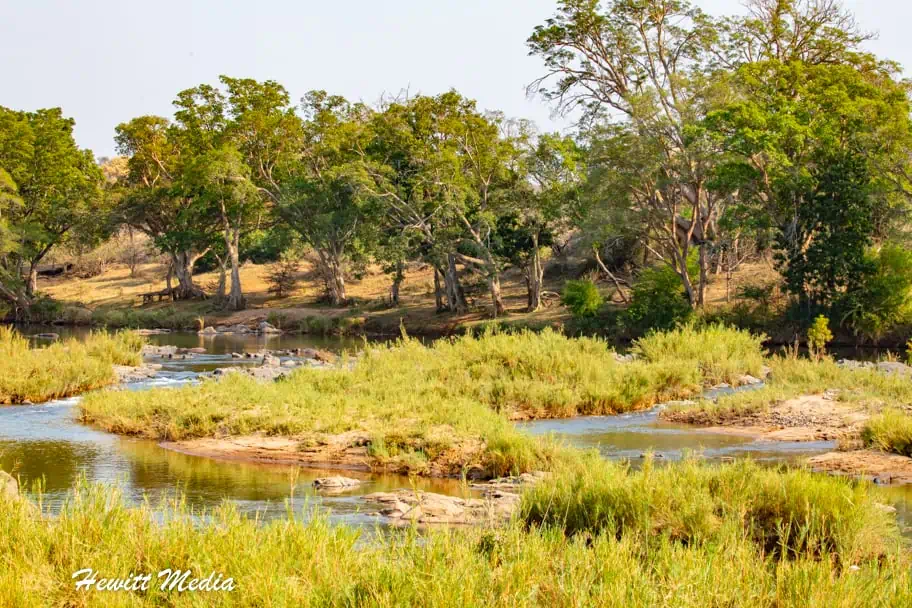
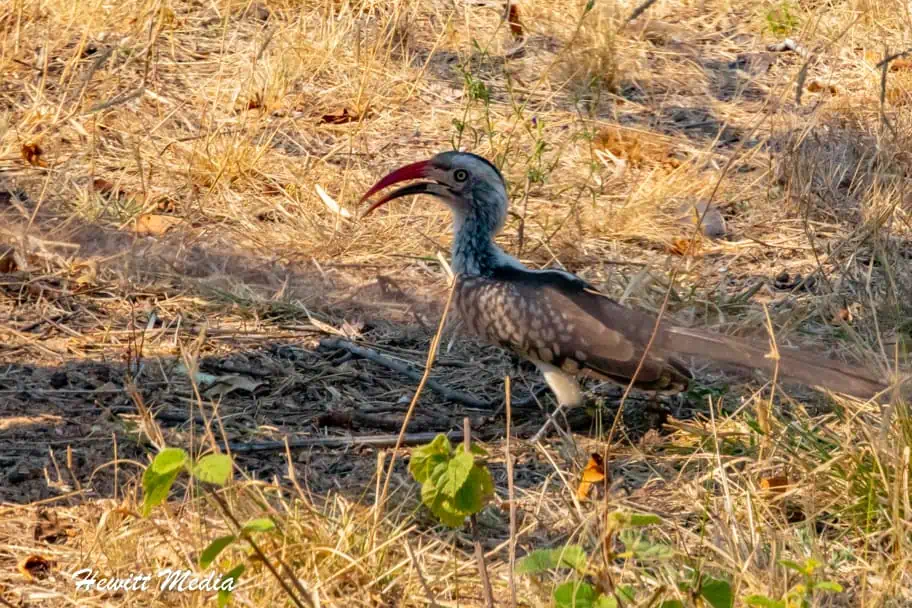
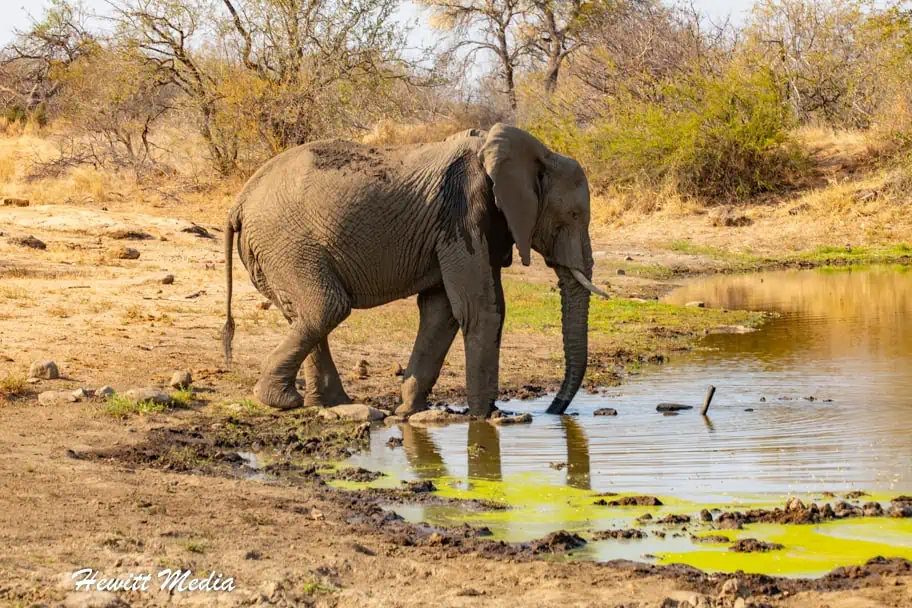
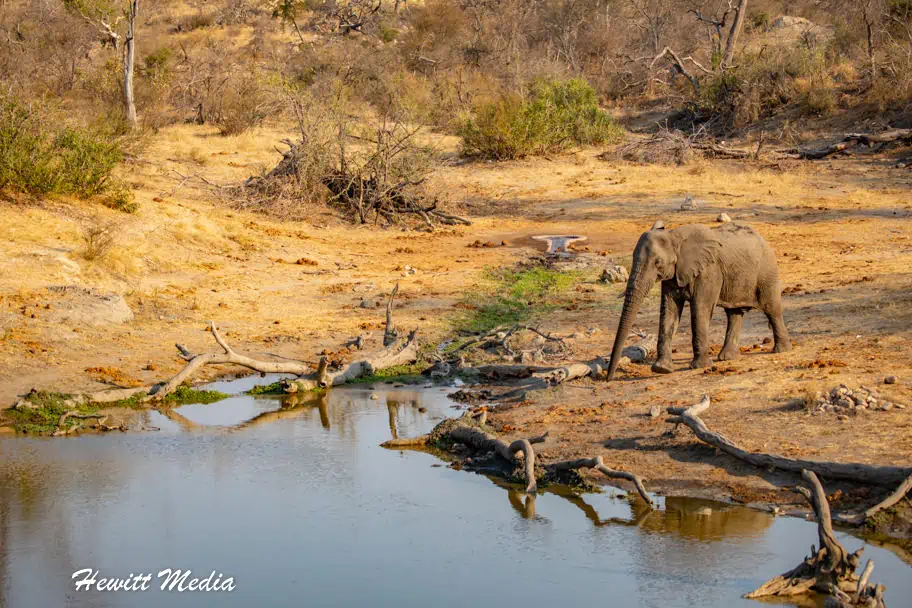
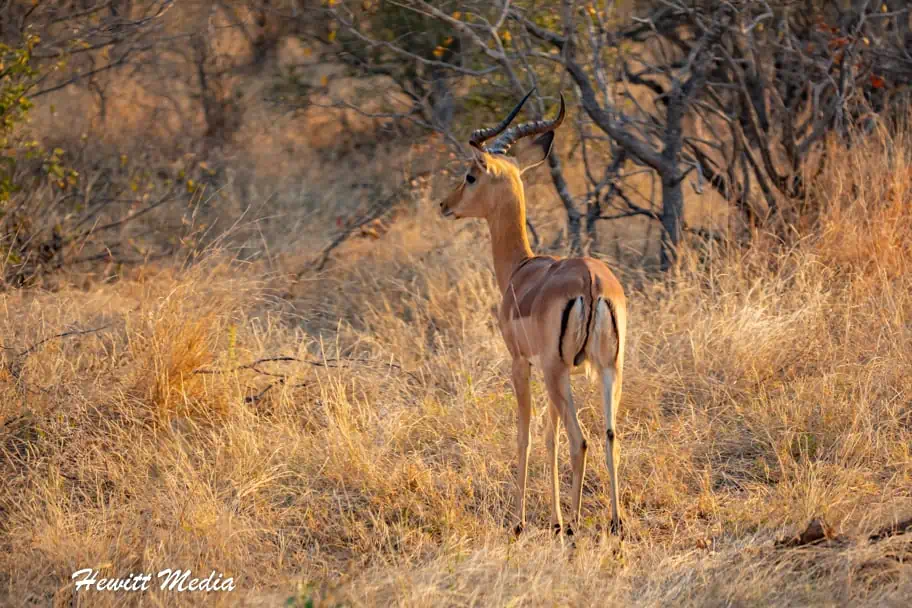
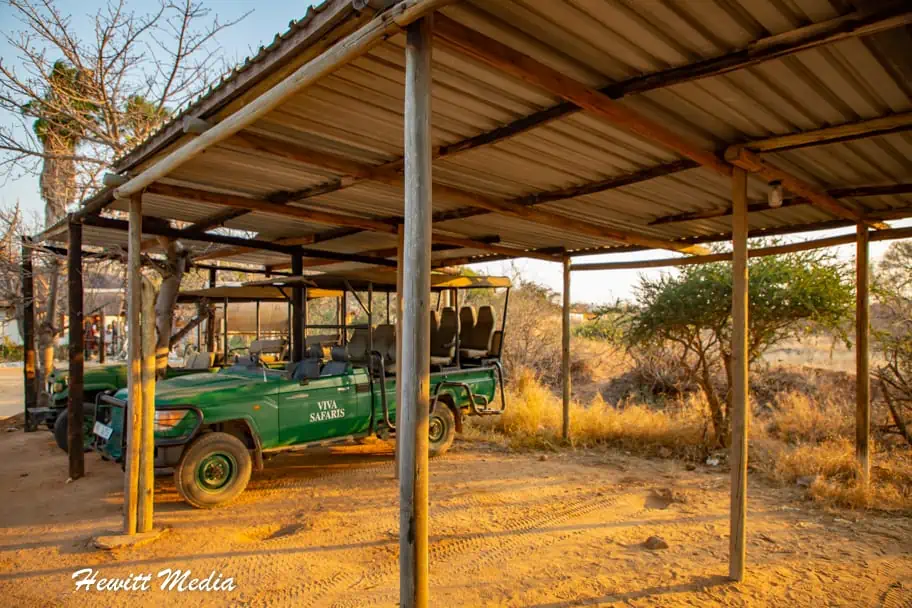
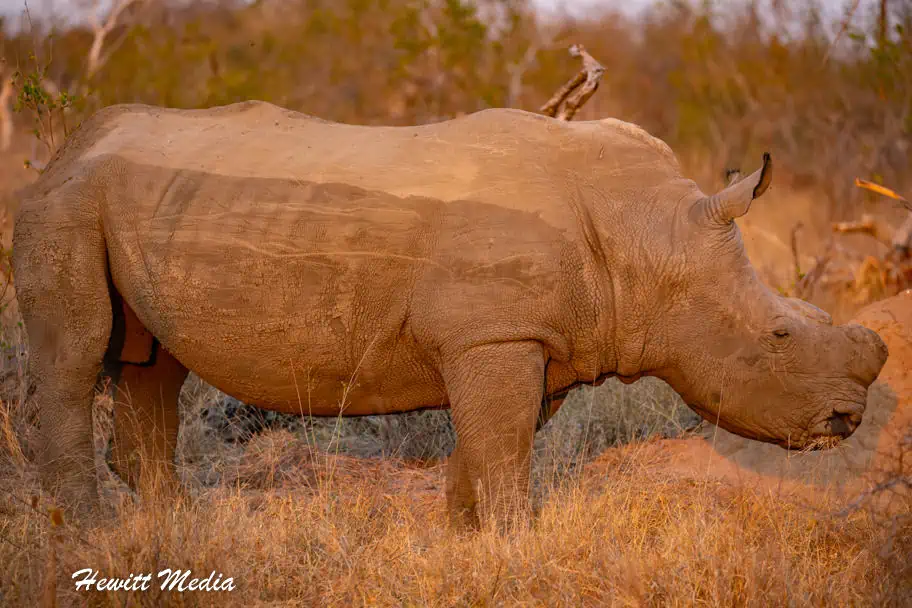


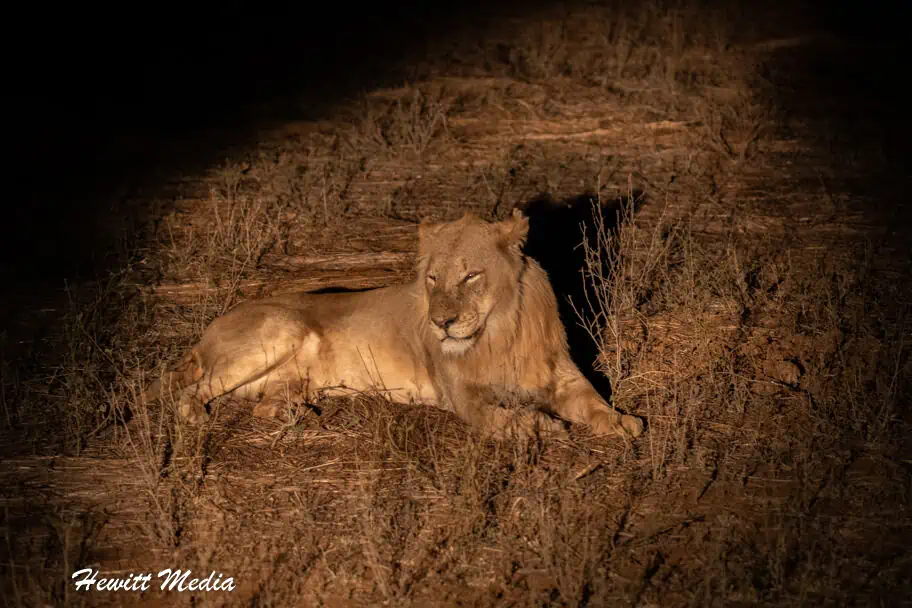
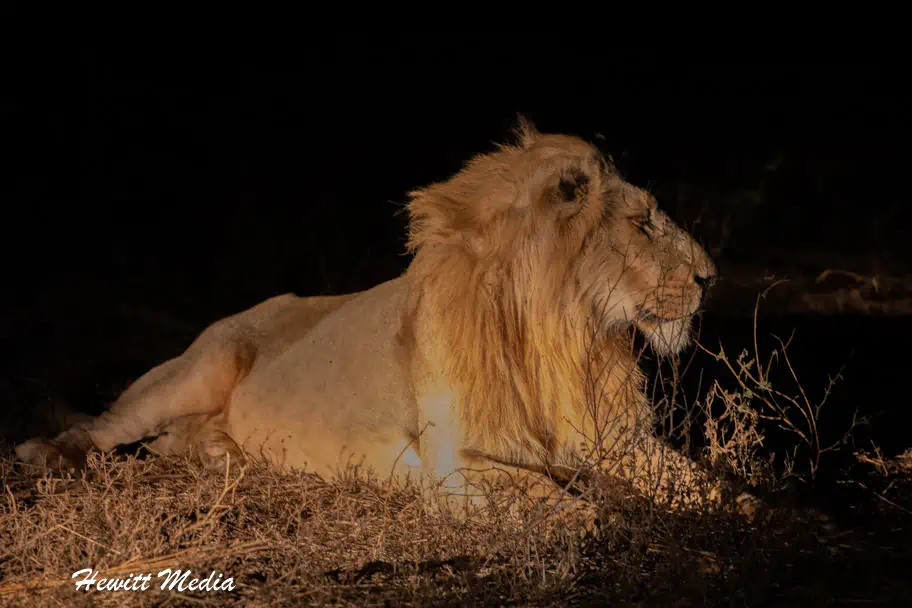

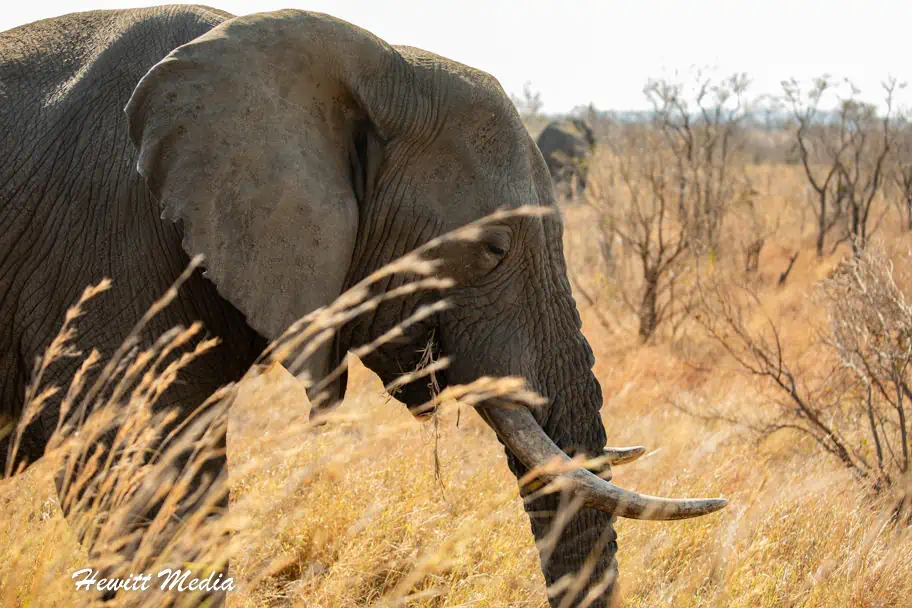

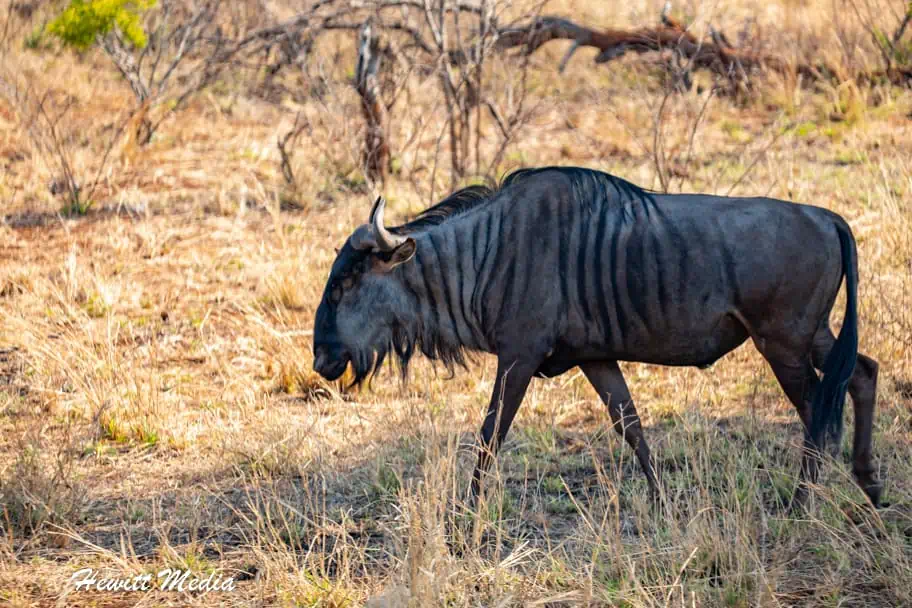
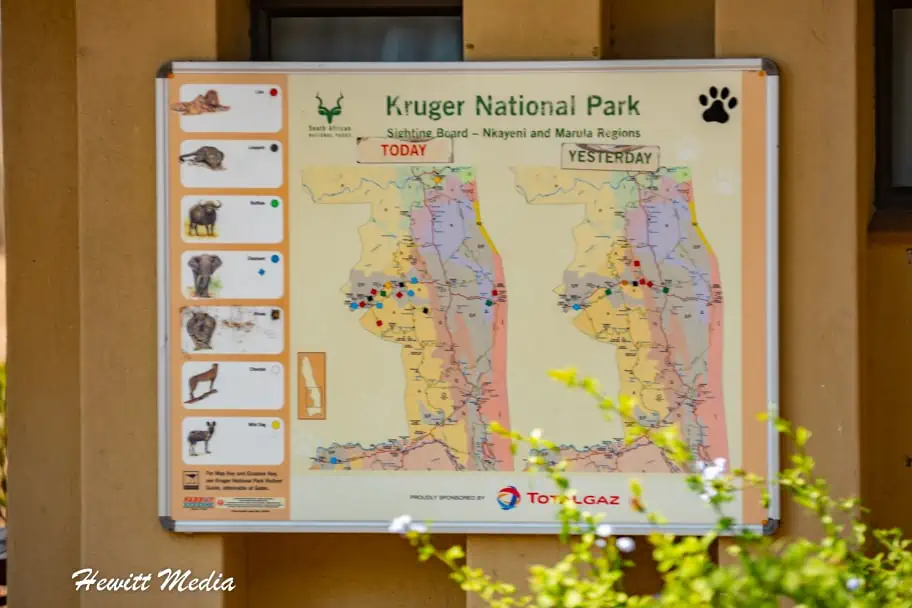
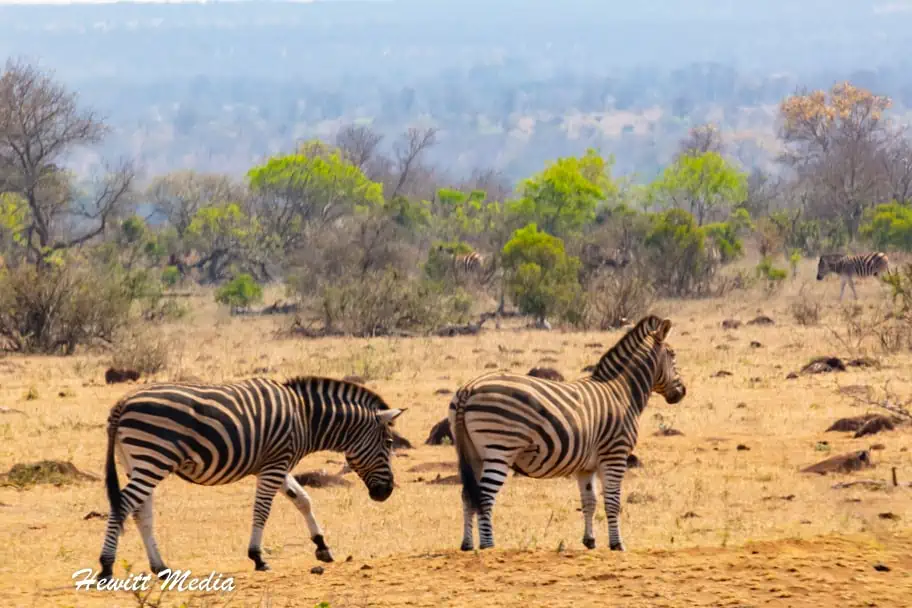
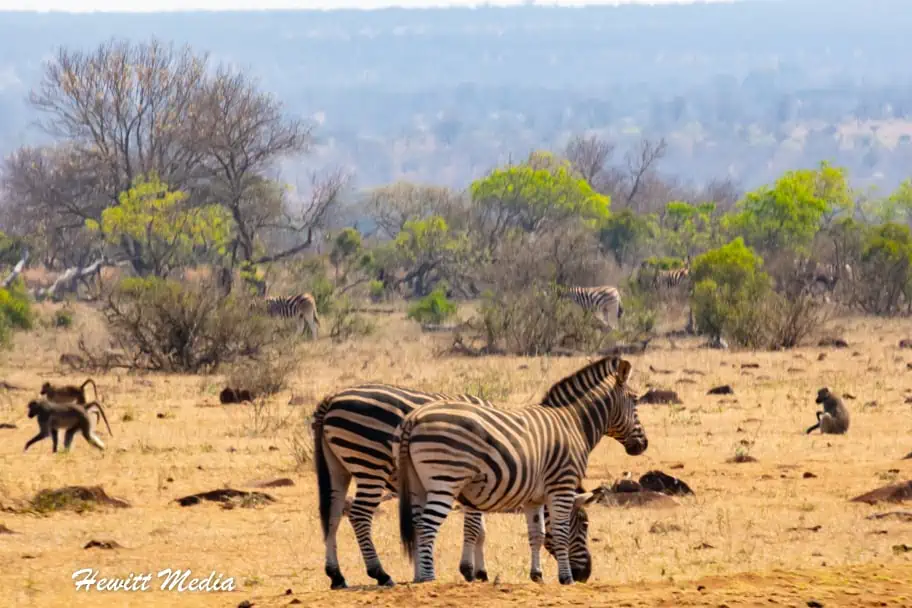

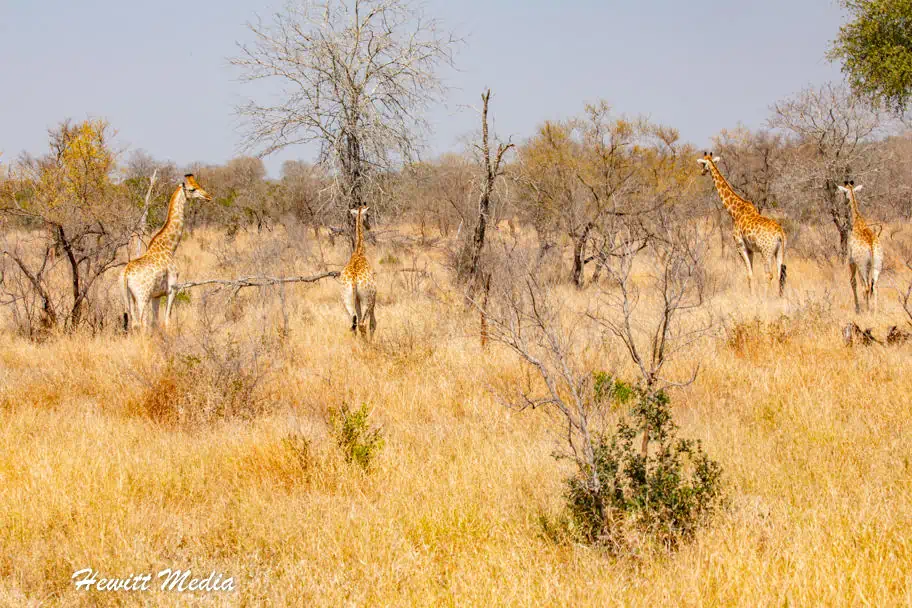
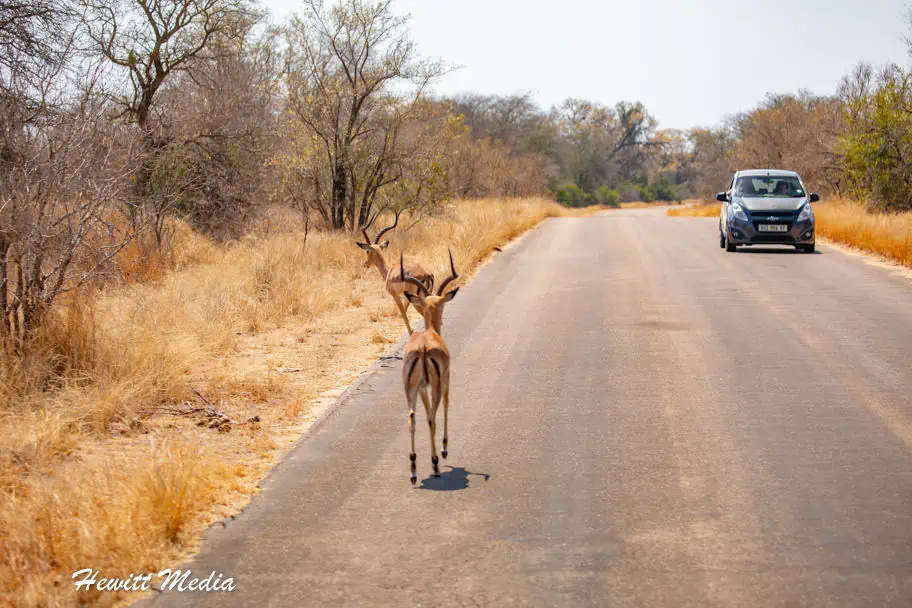
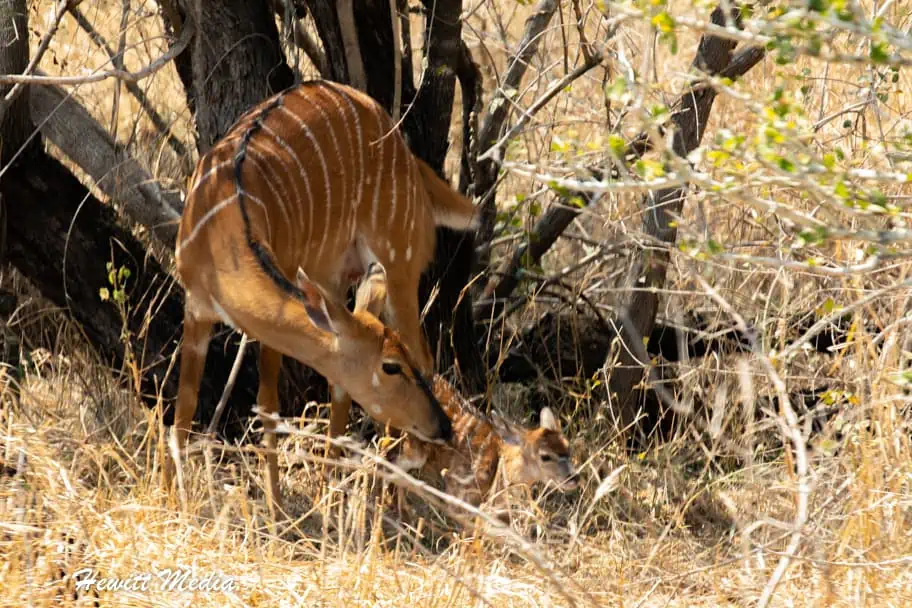
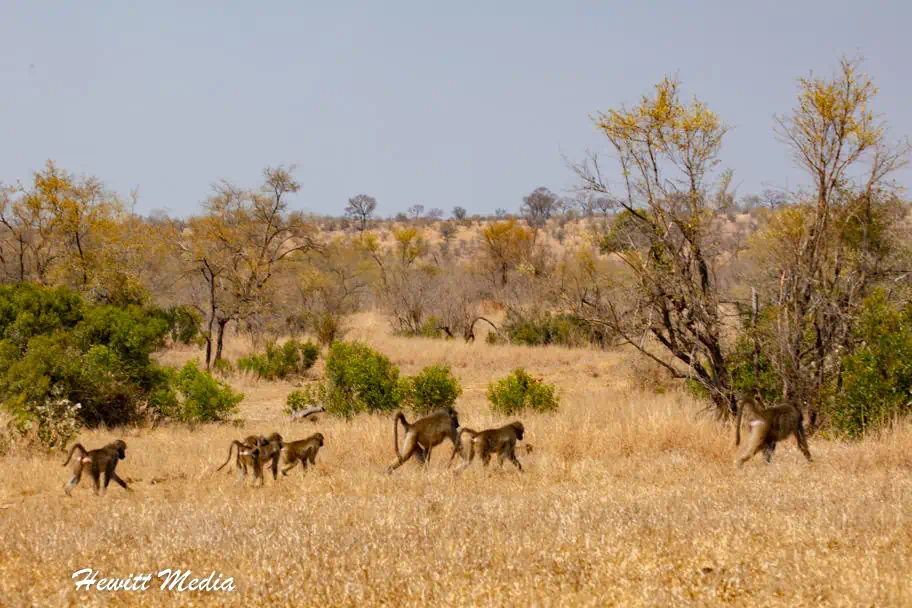

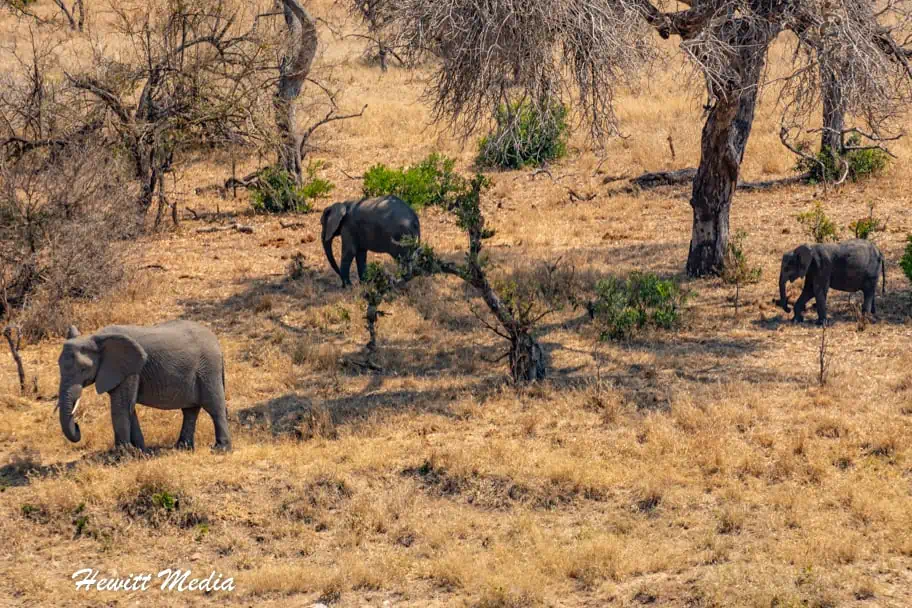
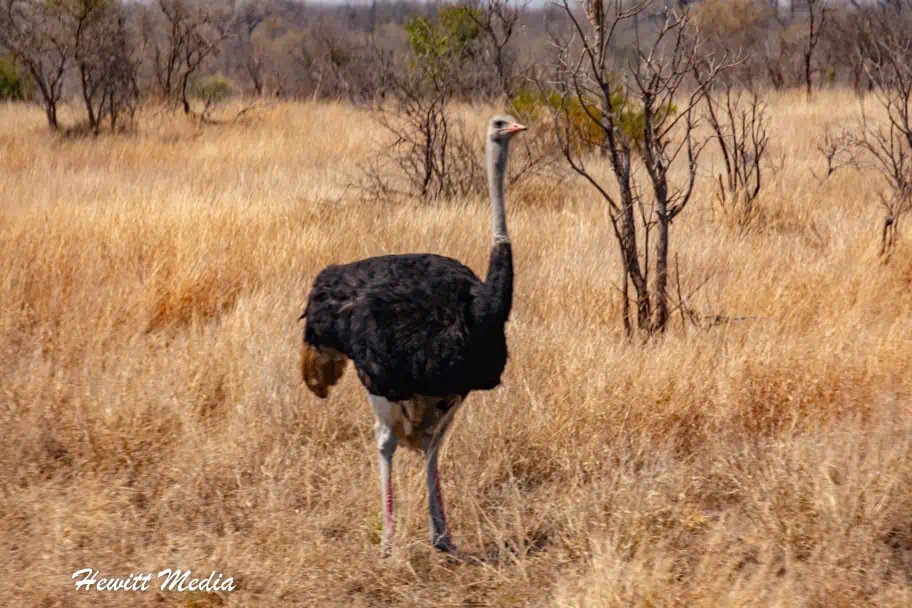
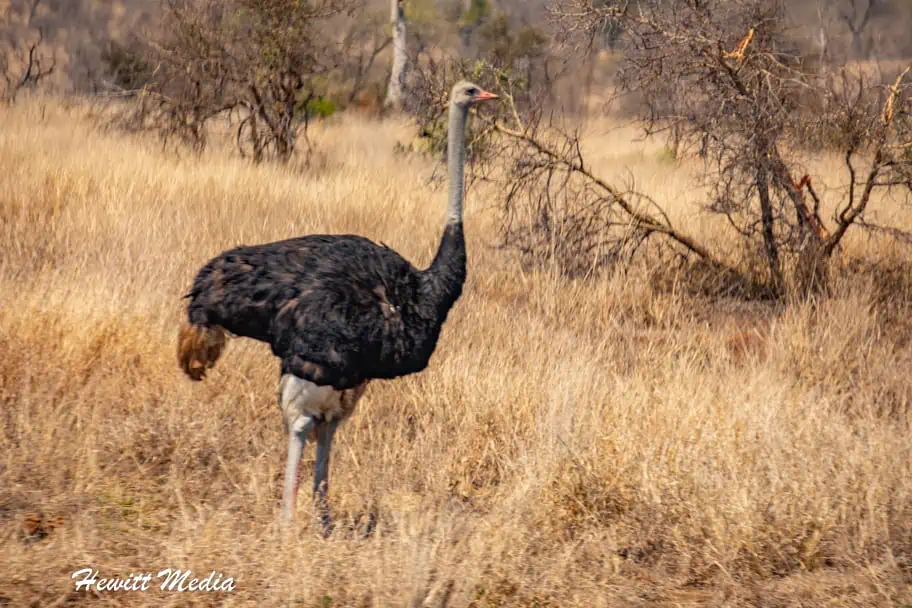
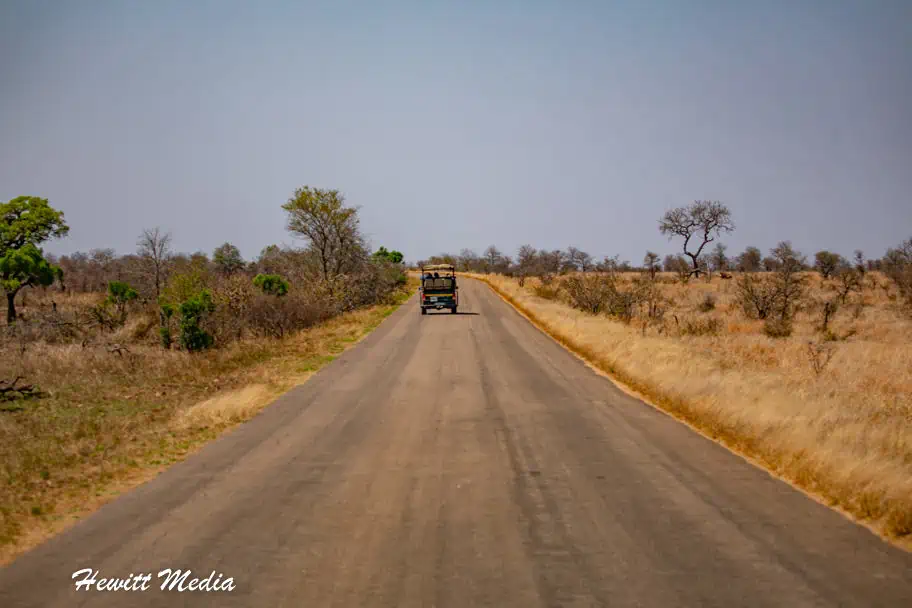
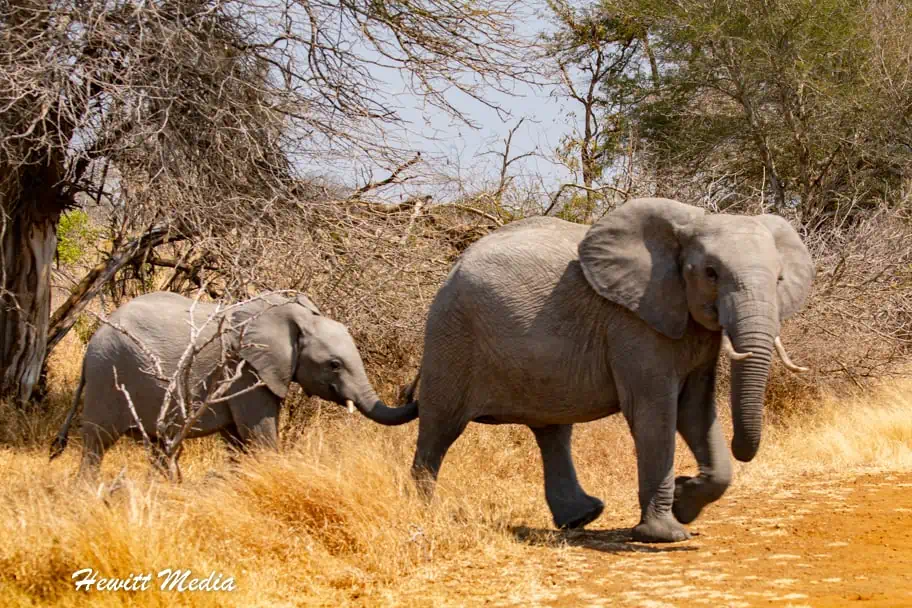
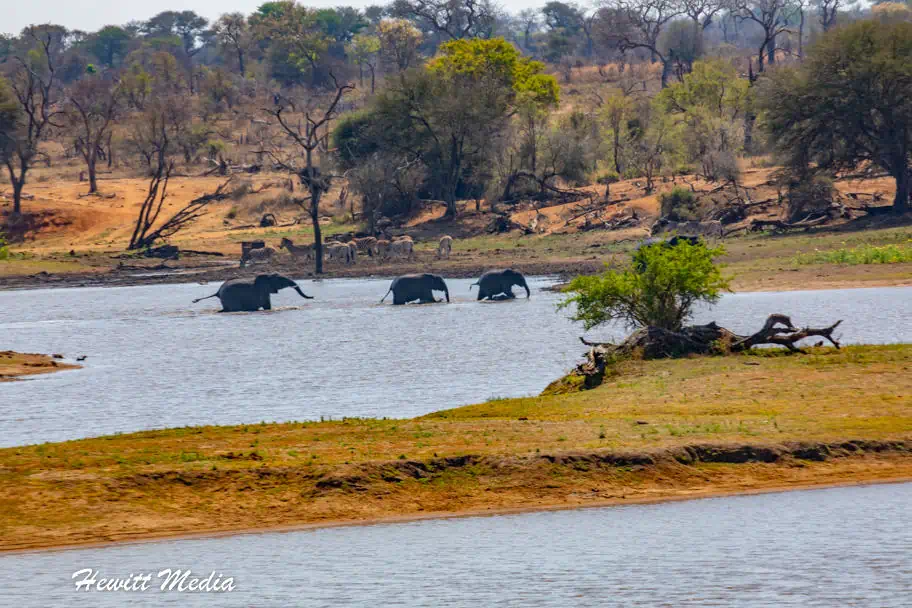
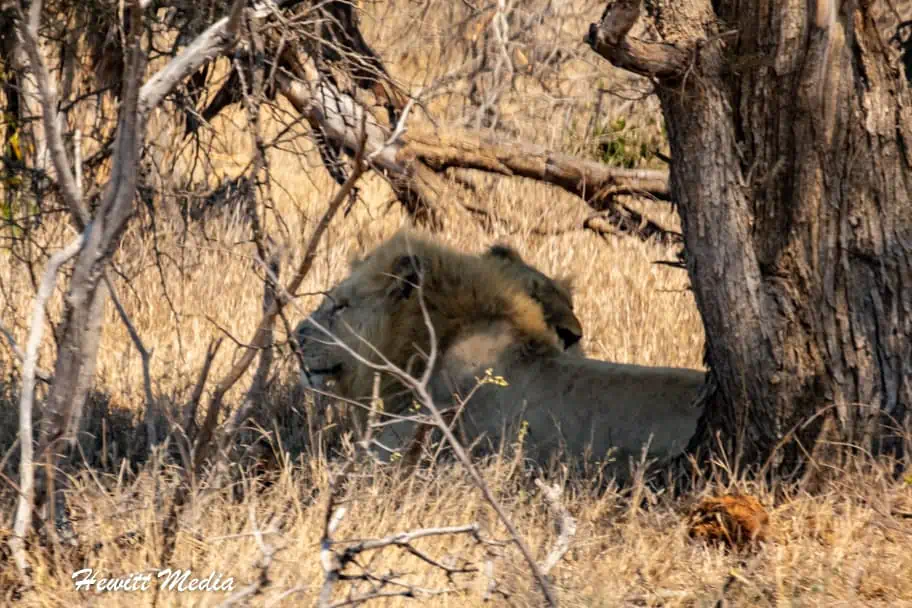
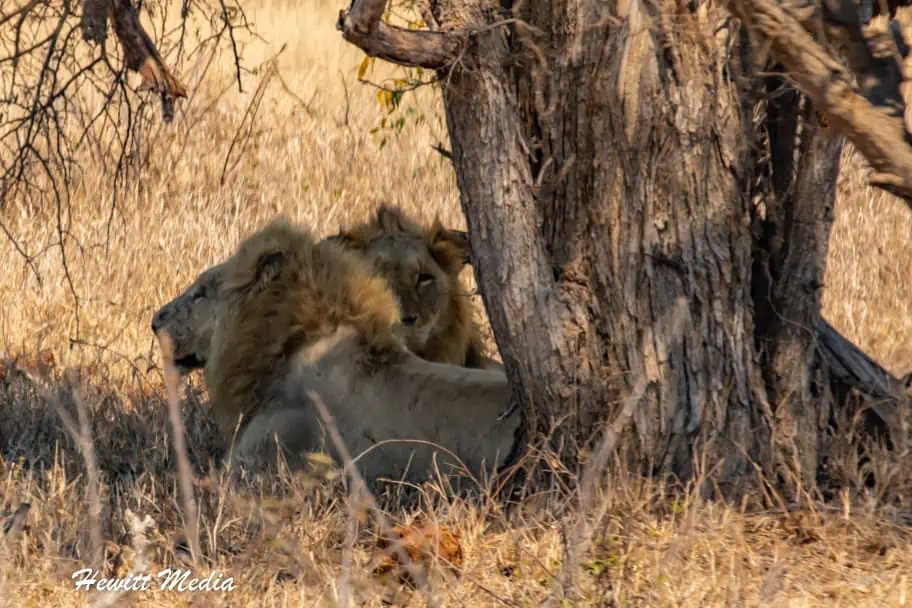
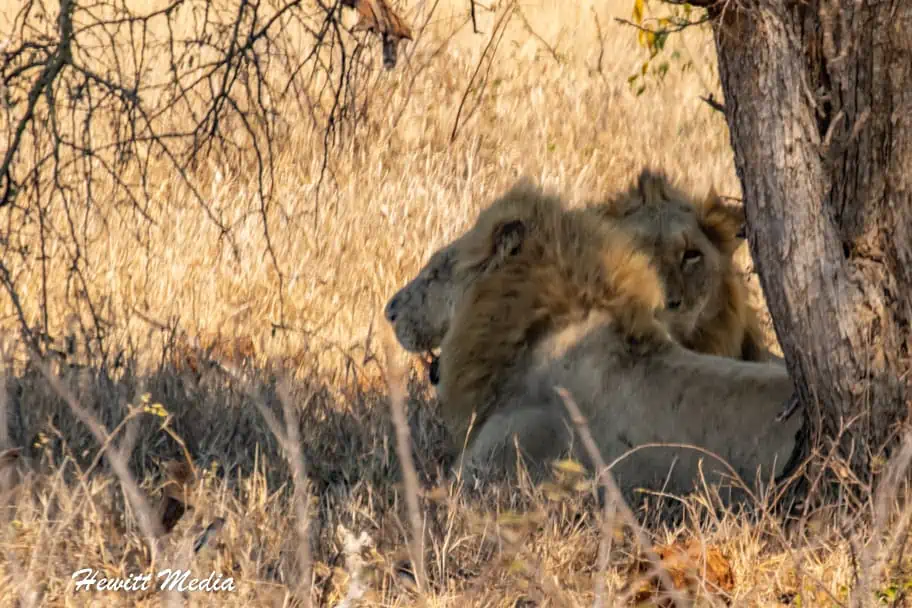
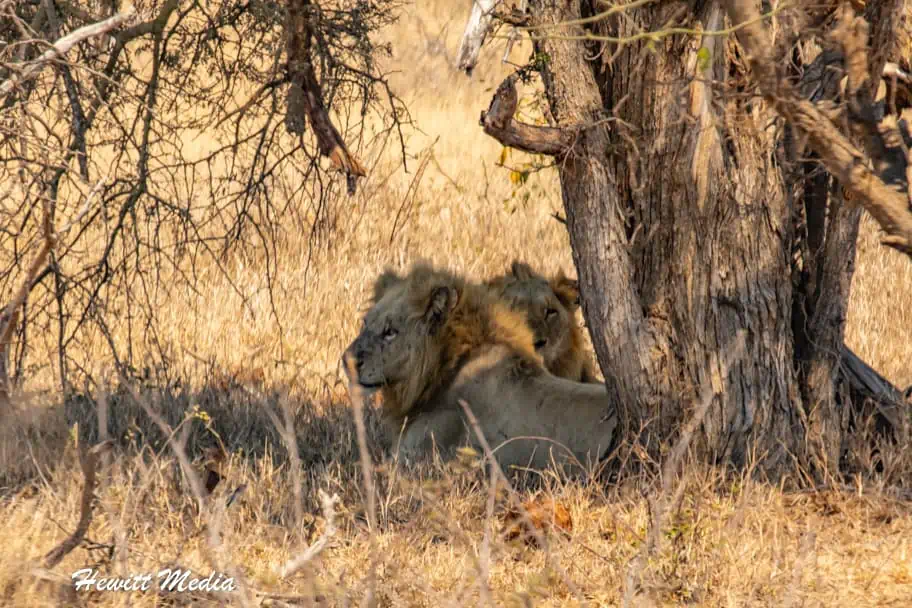
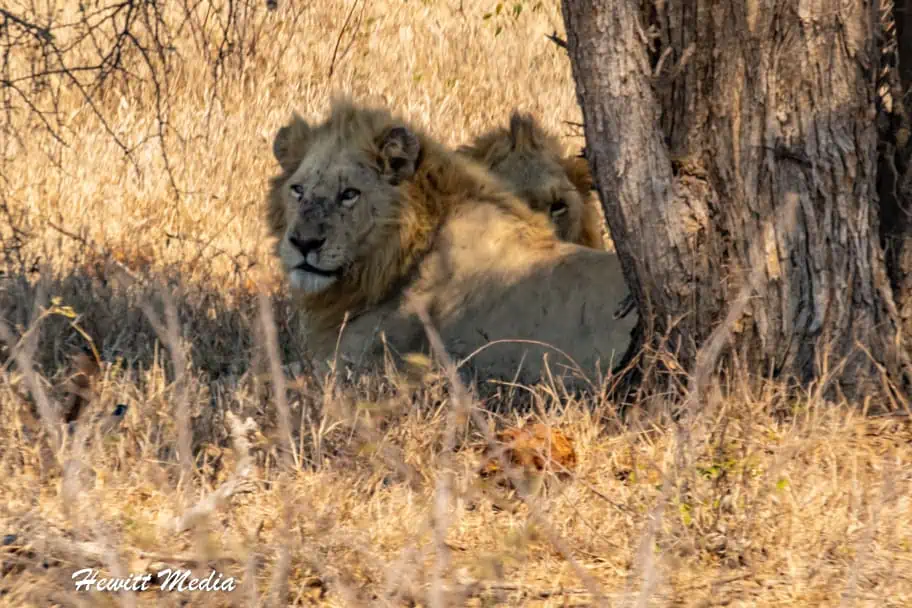
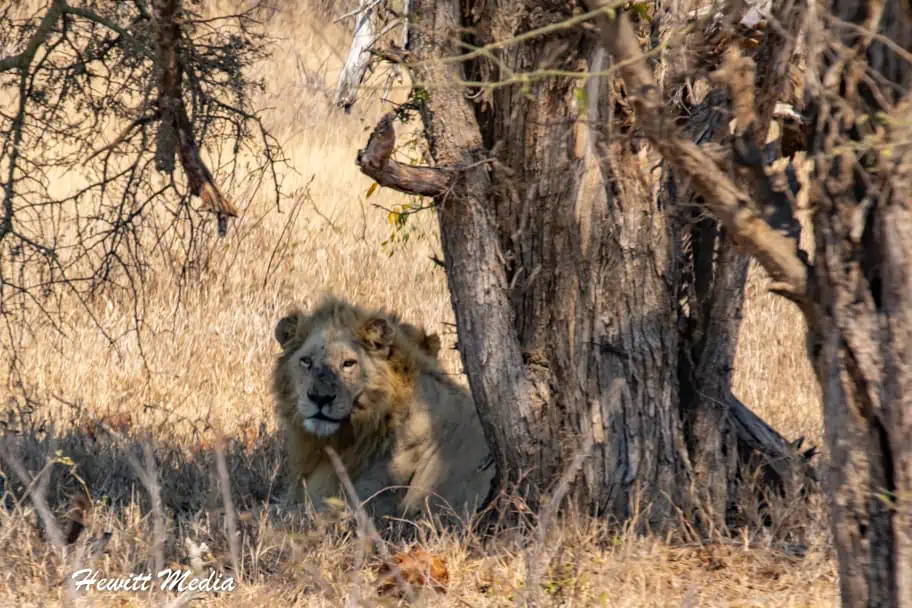


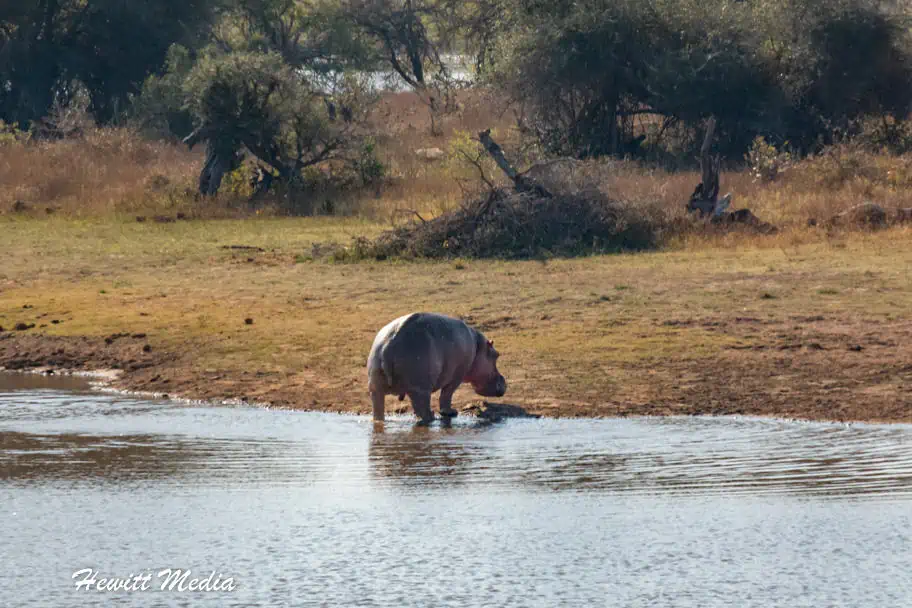

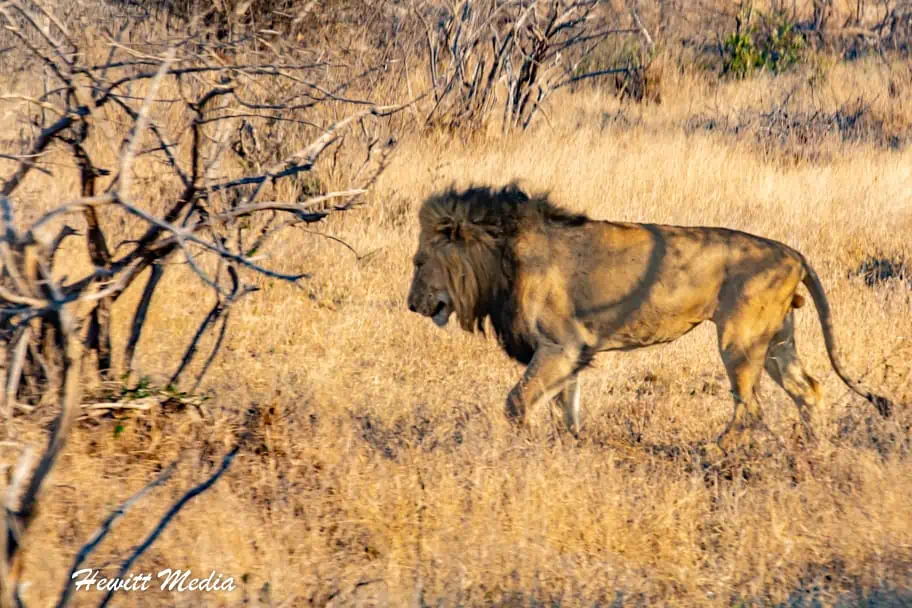

Don’t Forget to Subscribe to My Adventures!

Let Me Help You Save On Your Next Adventure!
‘Start Exploring Today’ Merchandise Available Now!








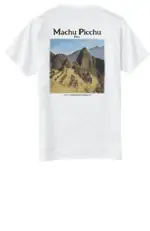


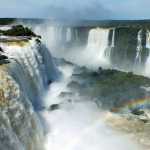

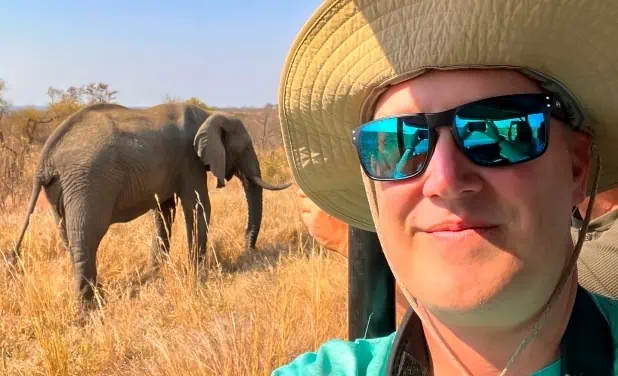
This is an amazing and thorough guide, Josh. I haven’t looked into a safari (yet) but it’s clear that the choices are overwhelming and there are so many factors to consider, which makes this post so valuable.
I hadn’t known they cut off the rhino’s horn to discourage poaching. As you say, so sad they are forced to do that.
Thanks so much!!! Yeah, there are so many different factors to consider. Indeed it is sad that it has come to having to cut the horns off animals in order to save them.